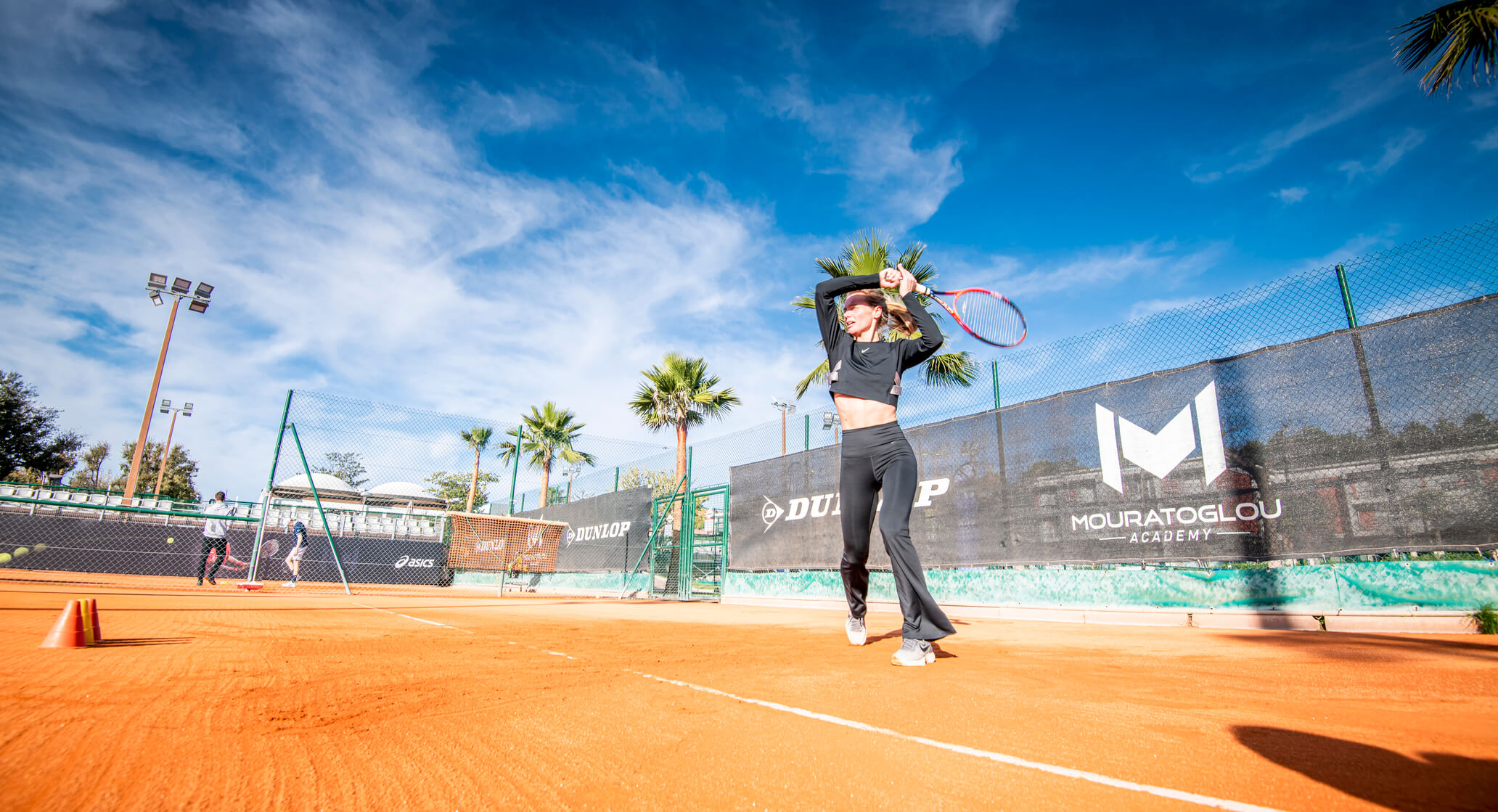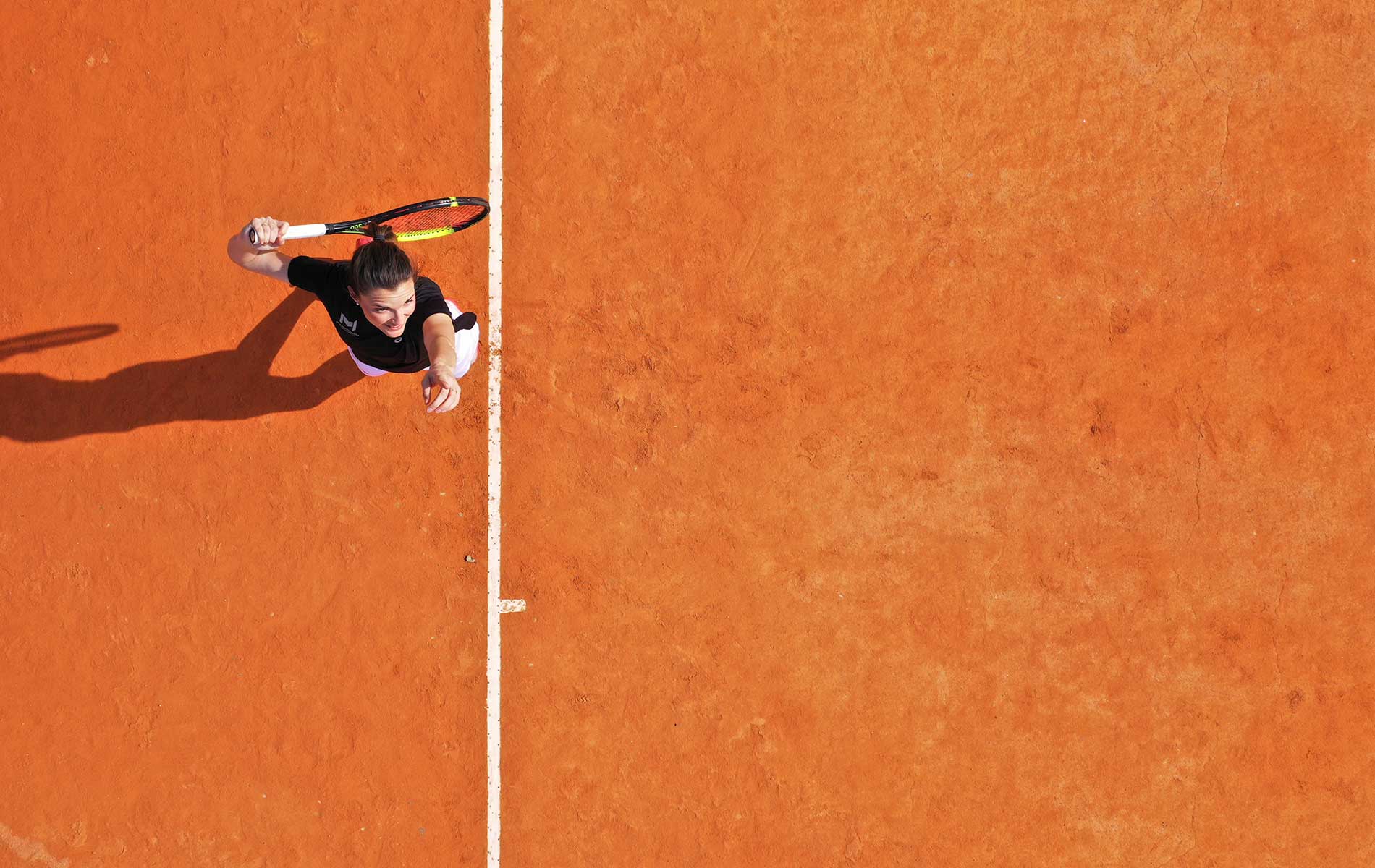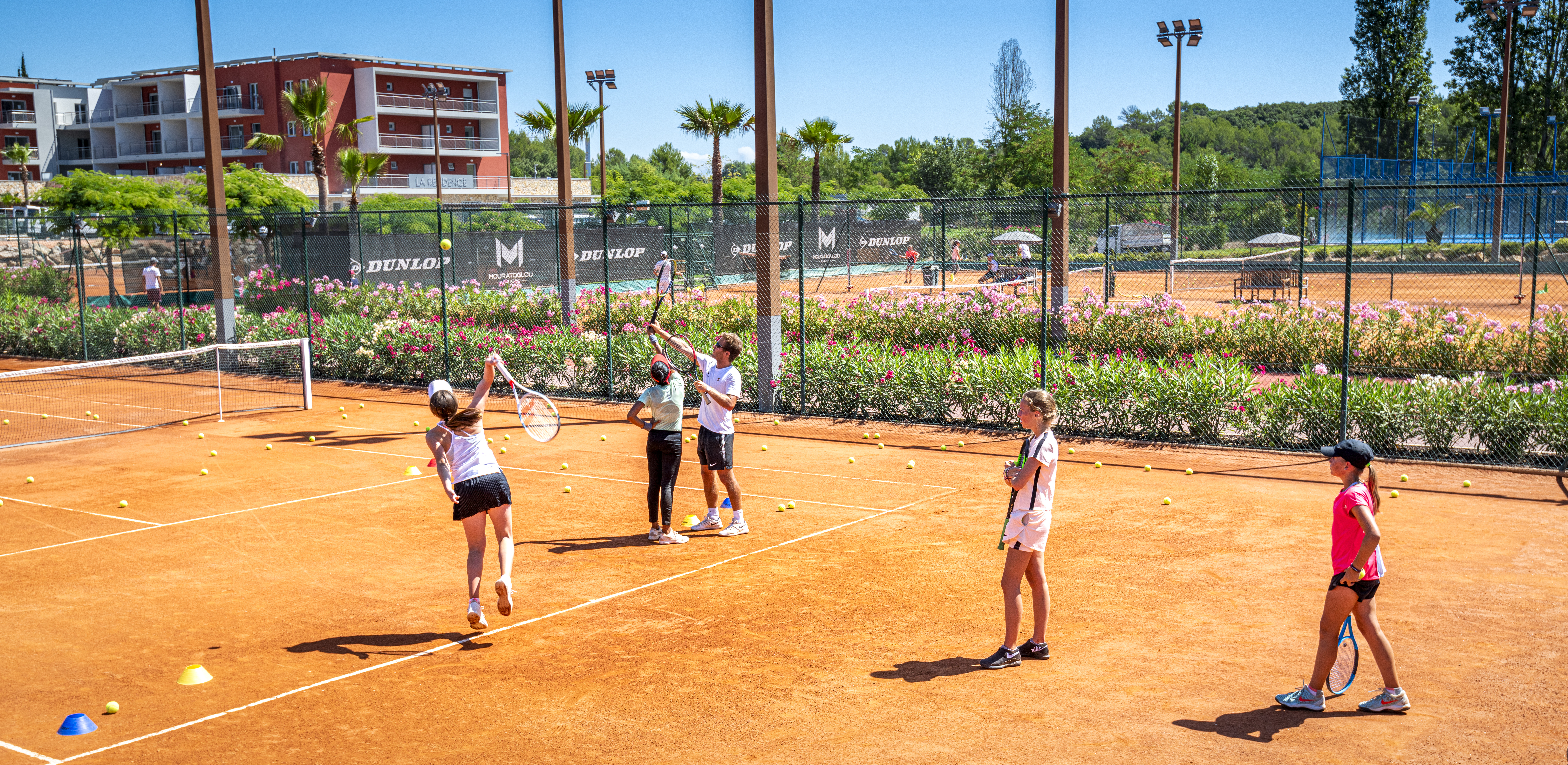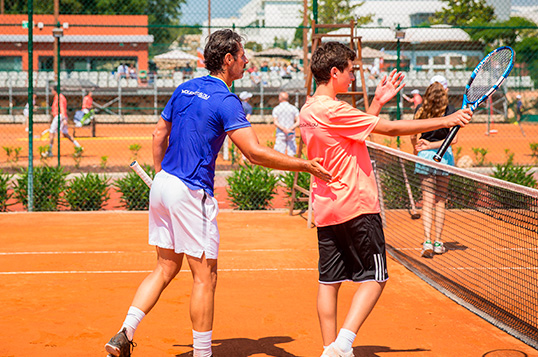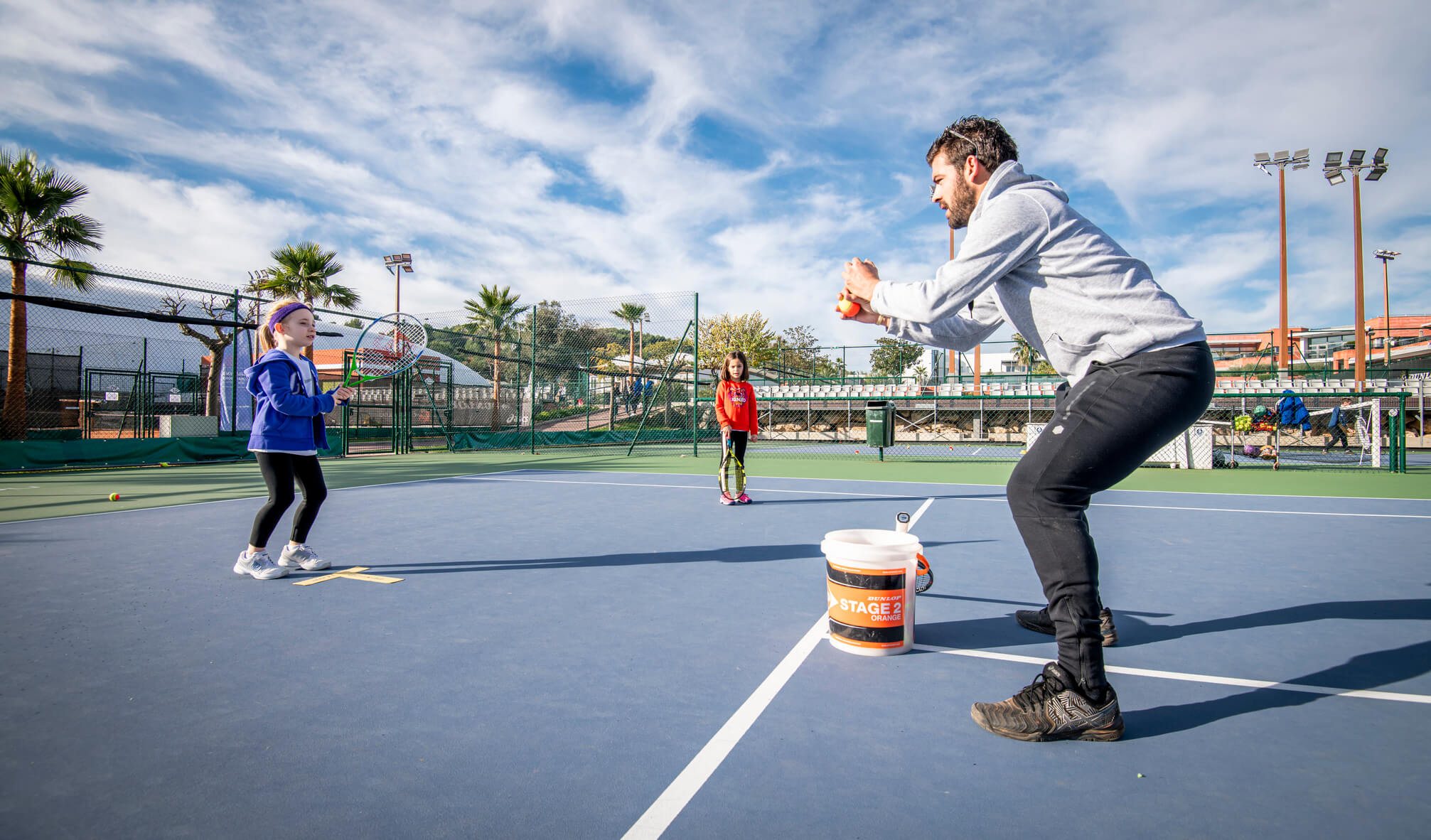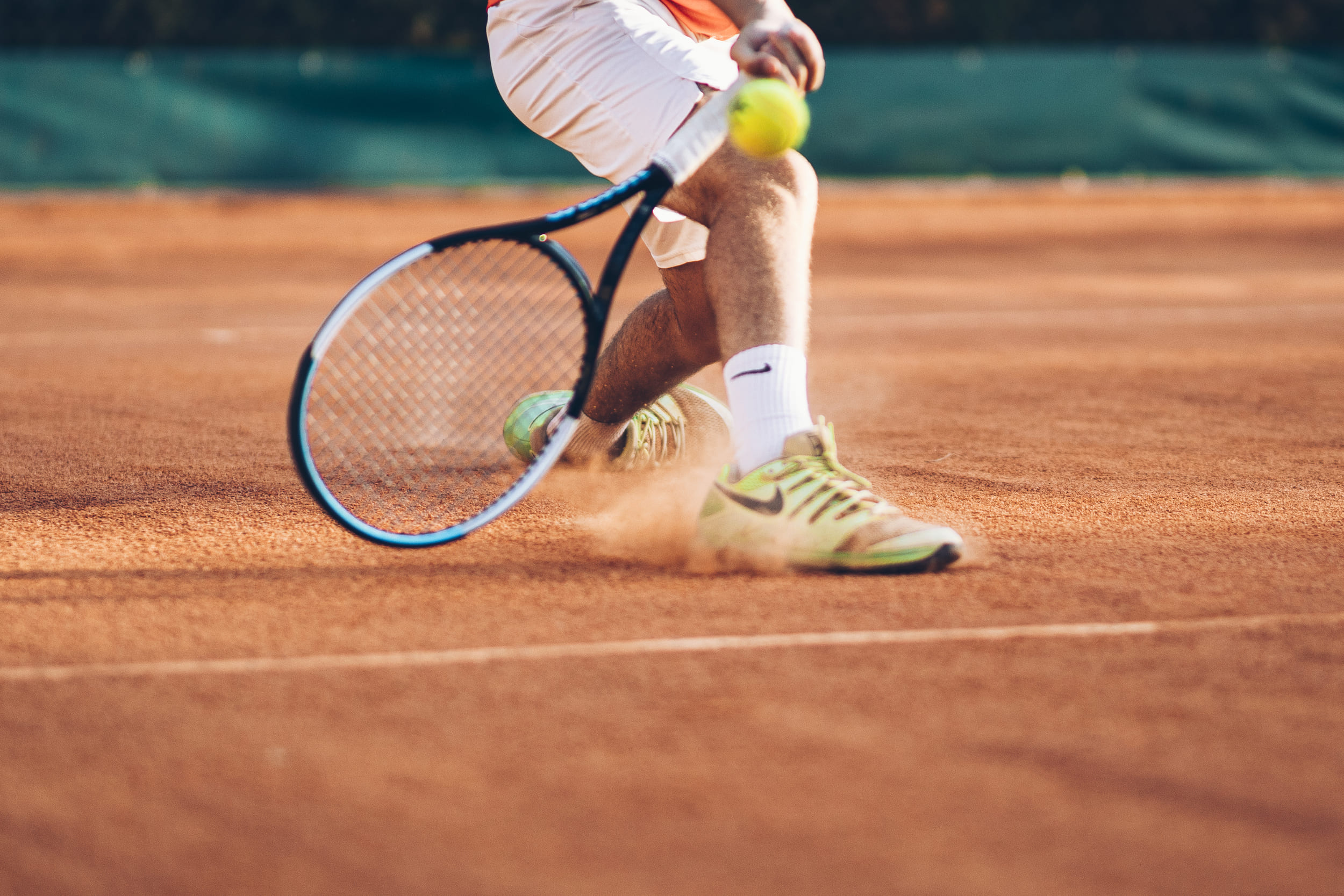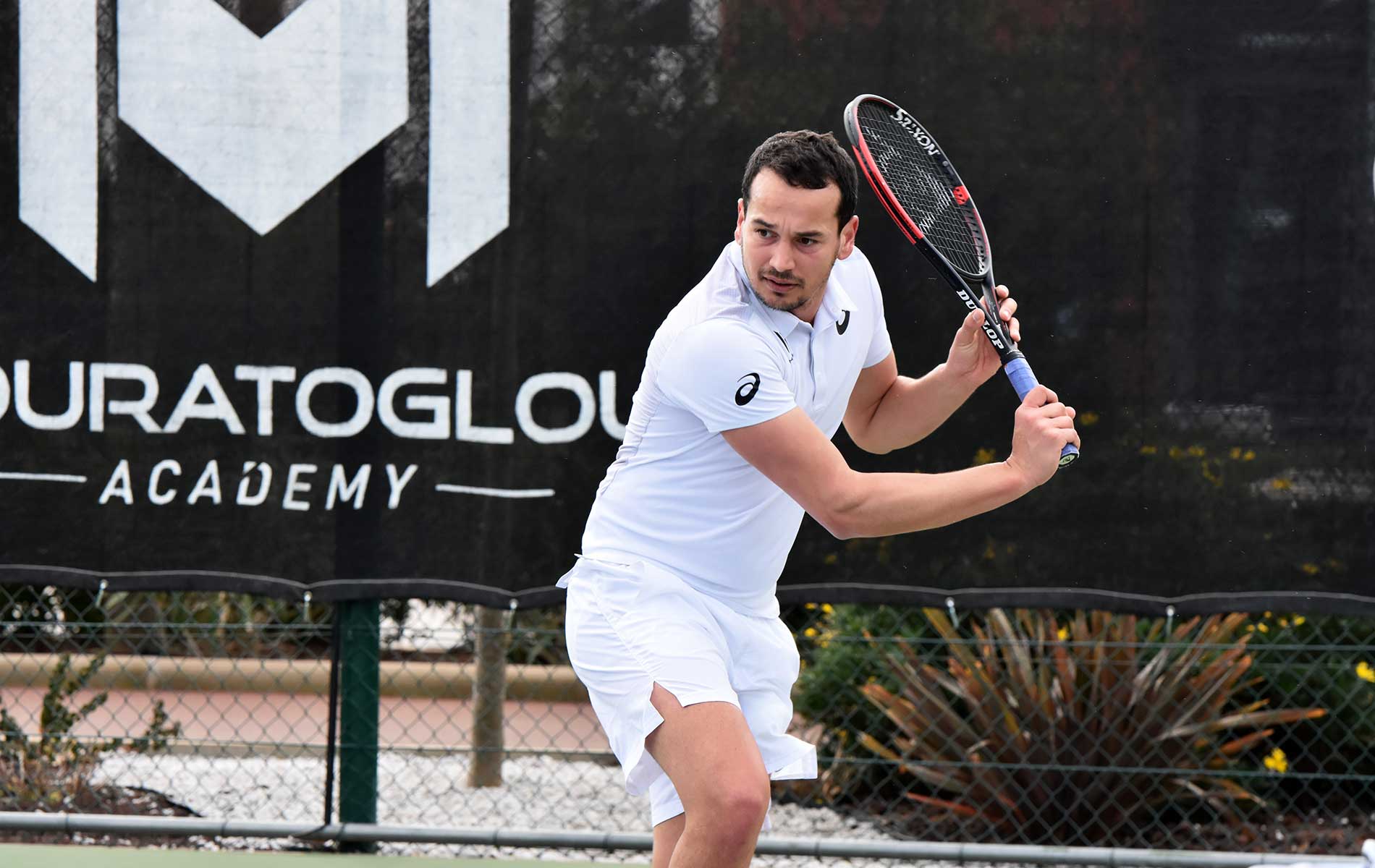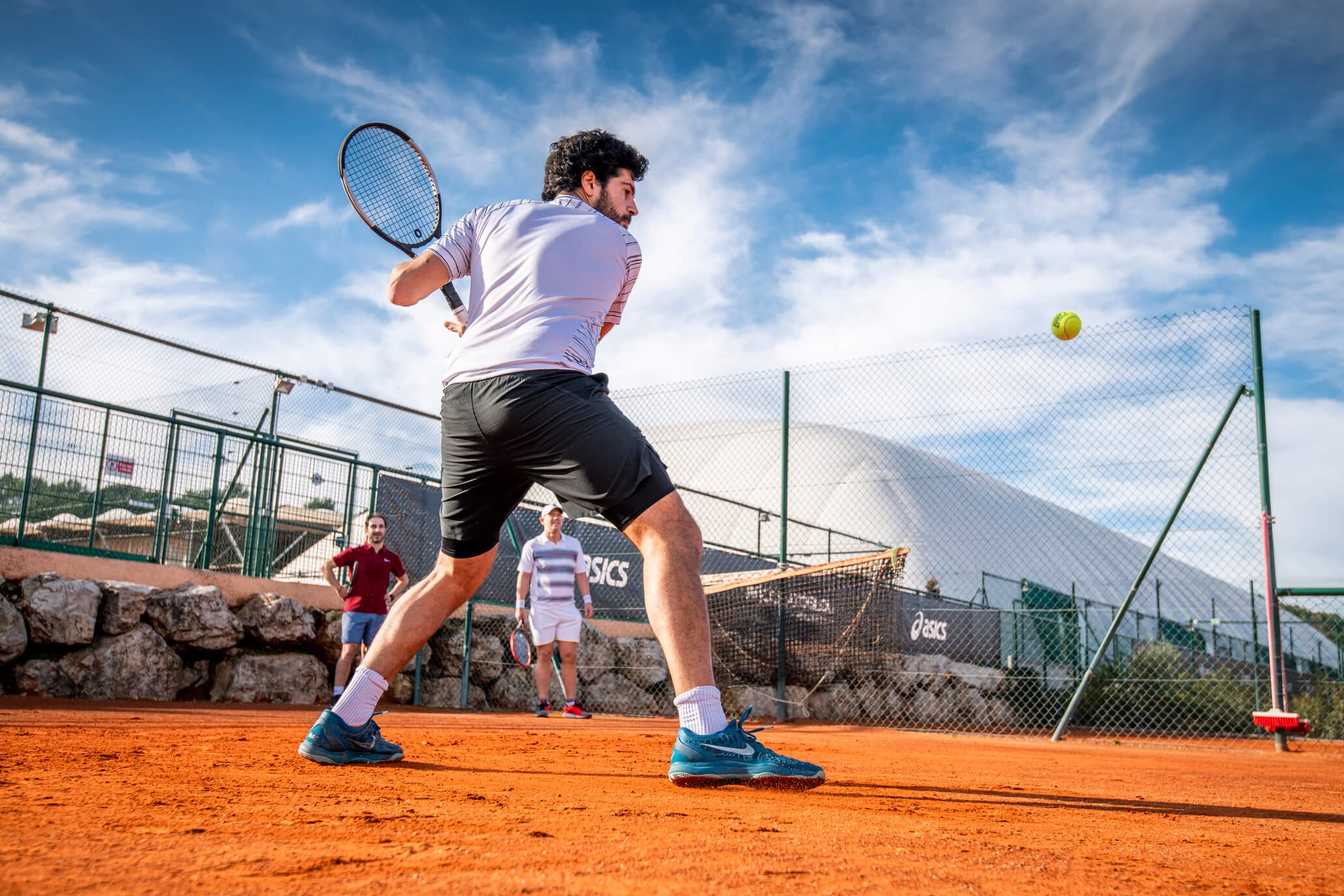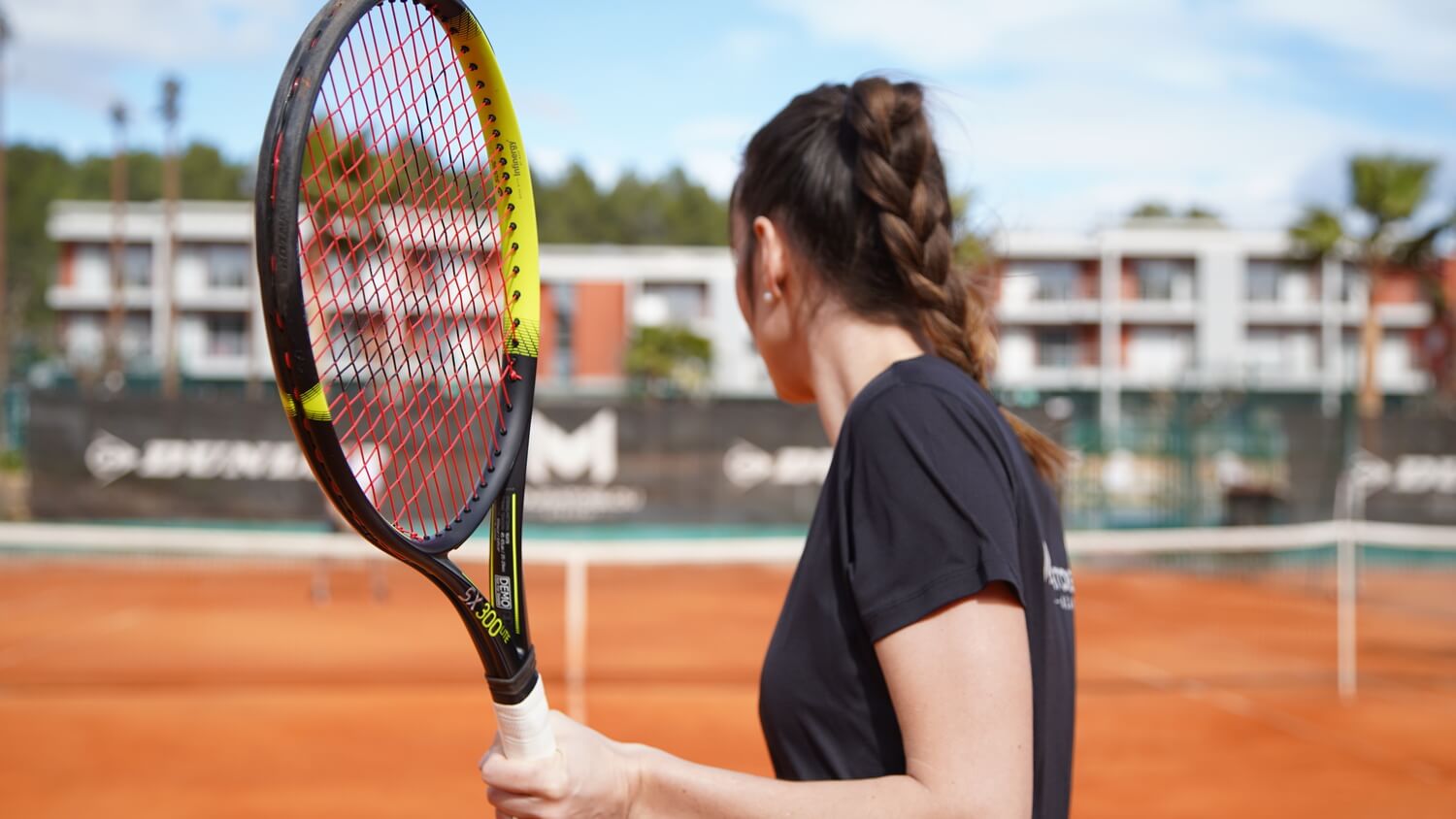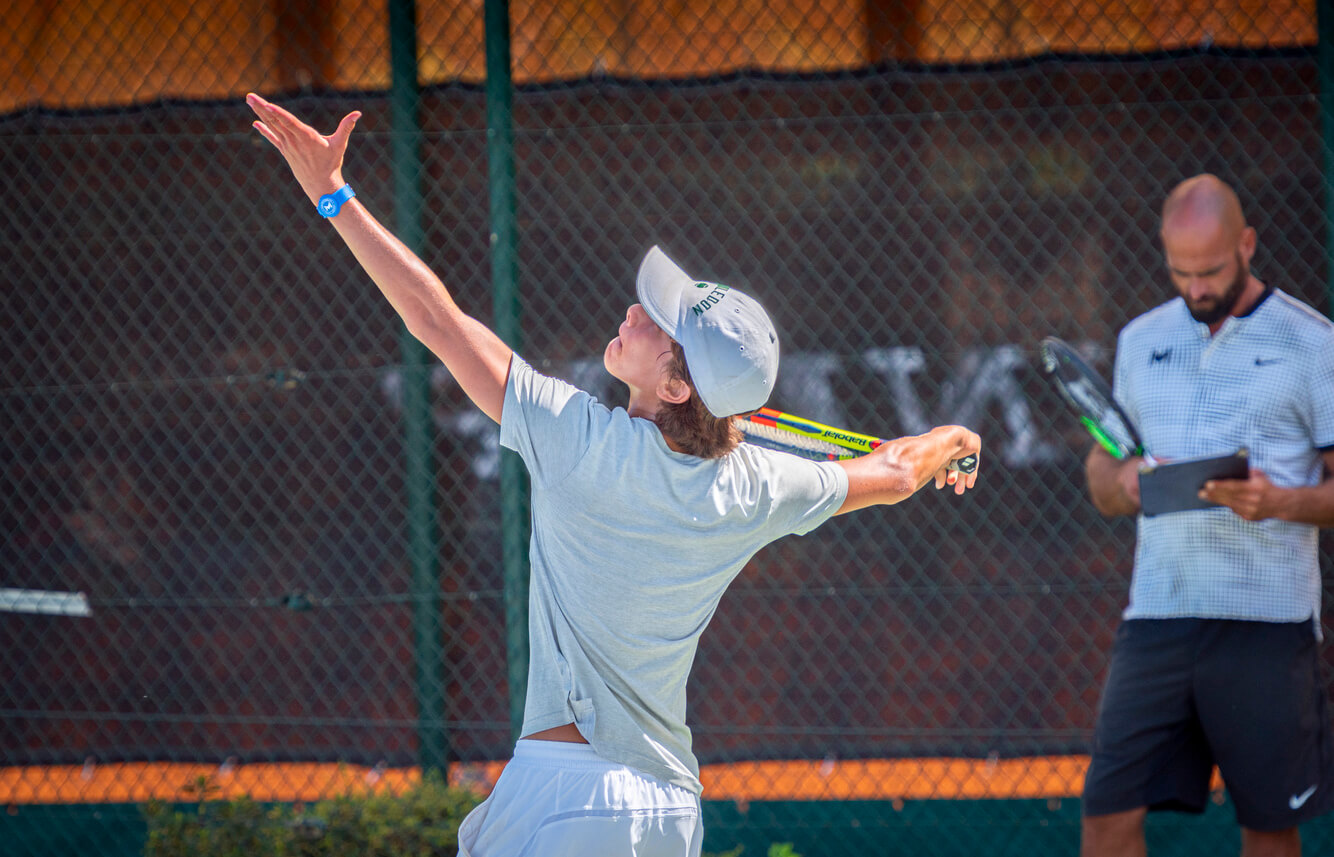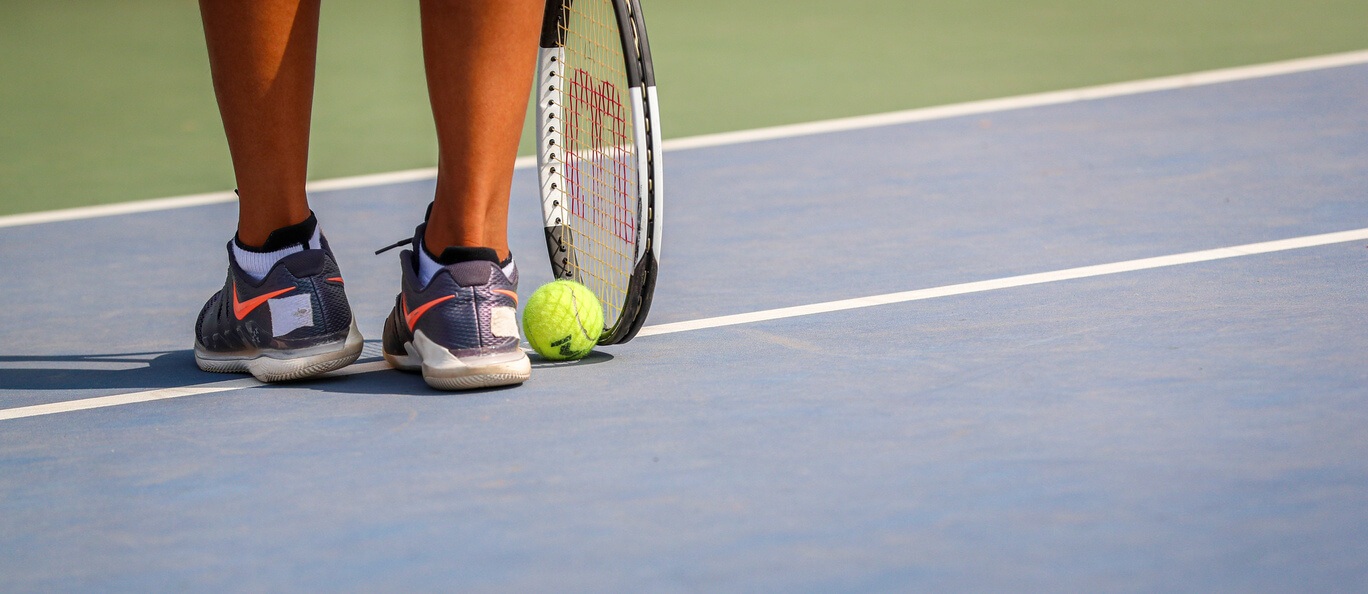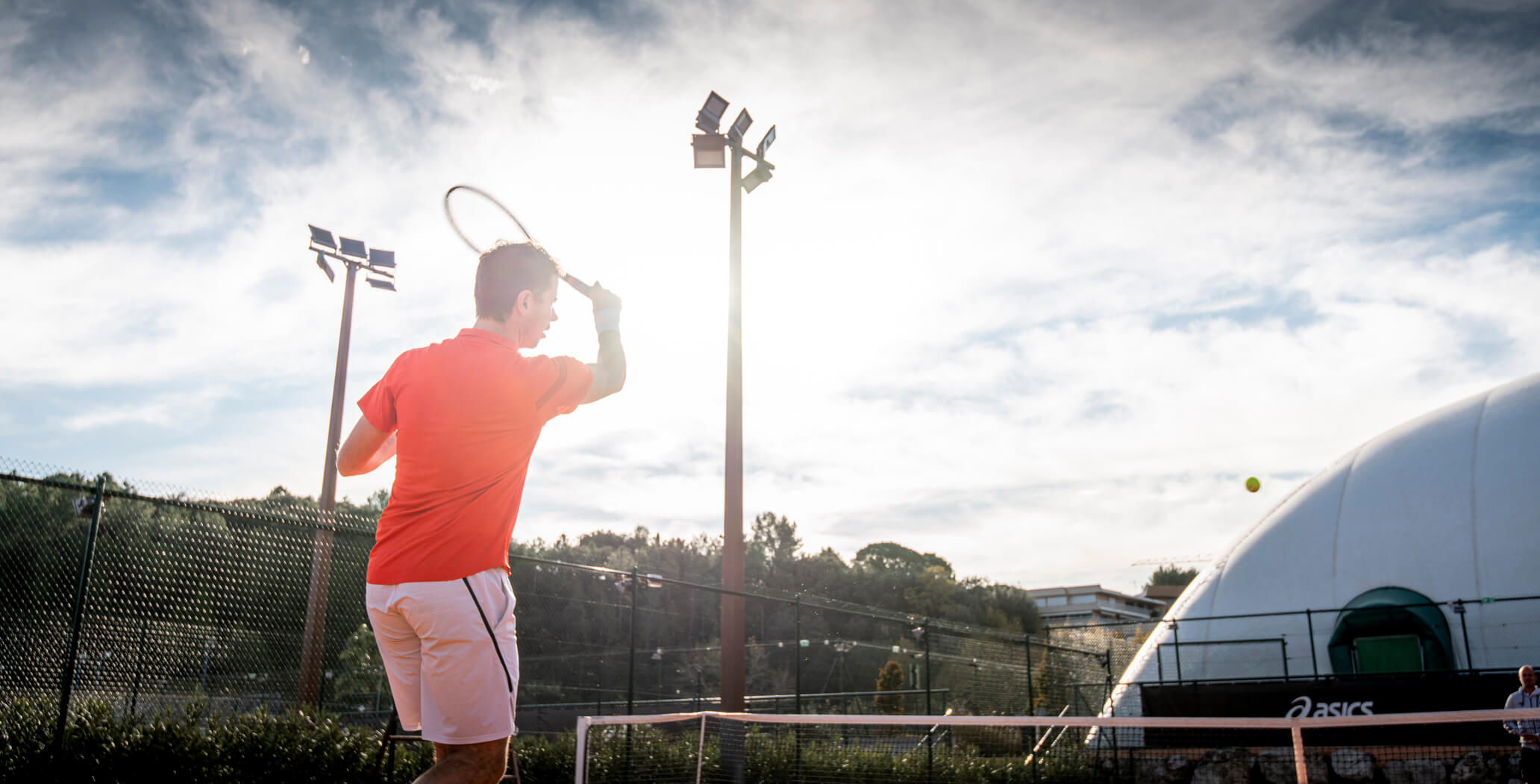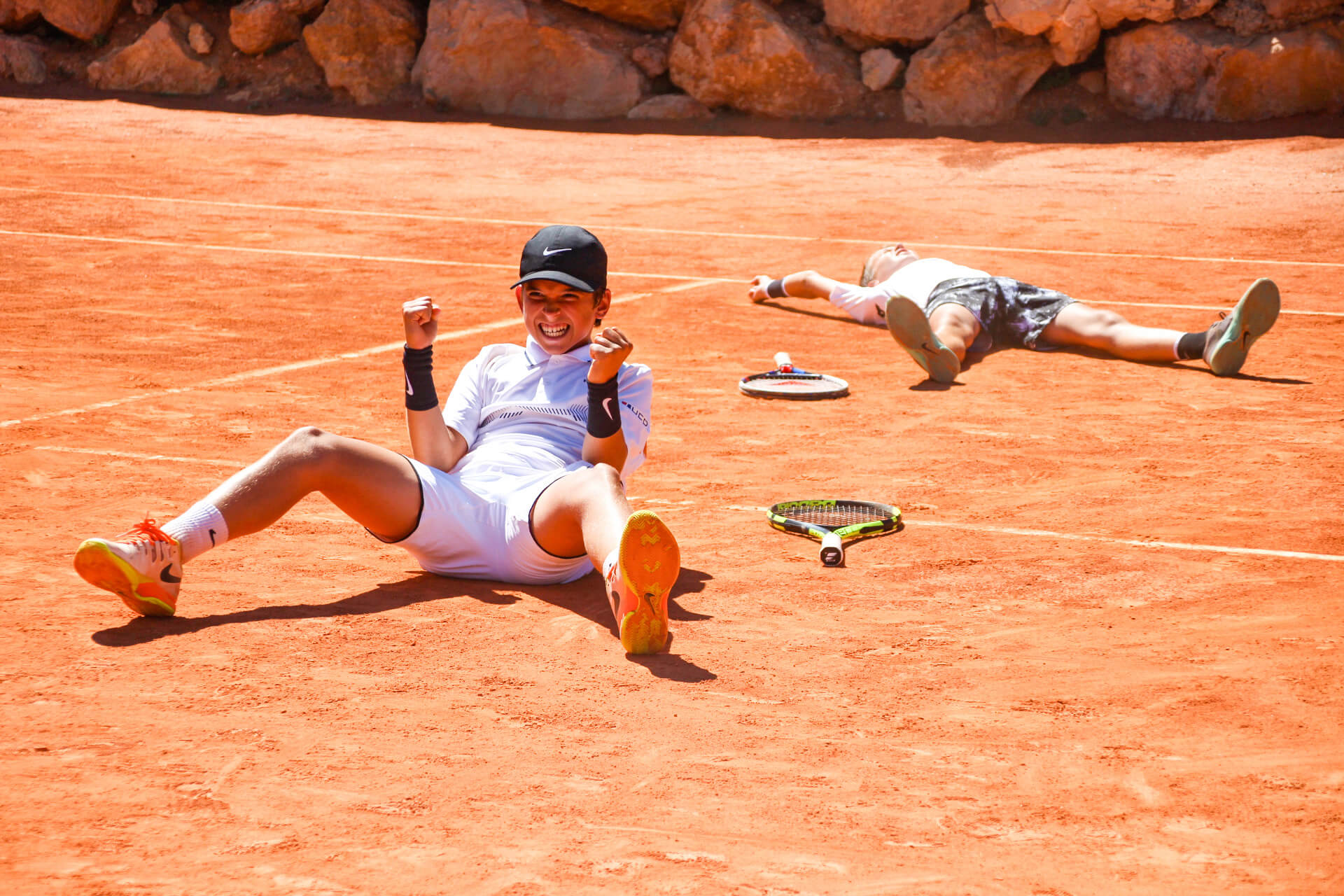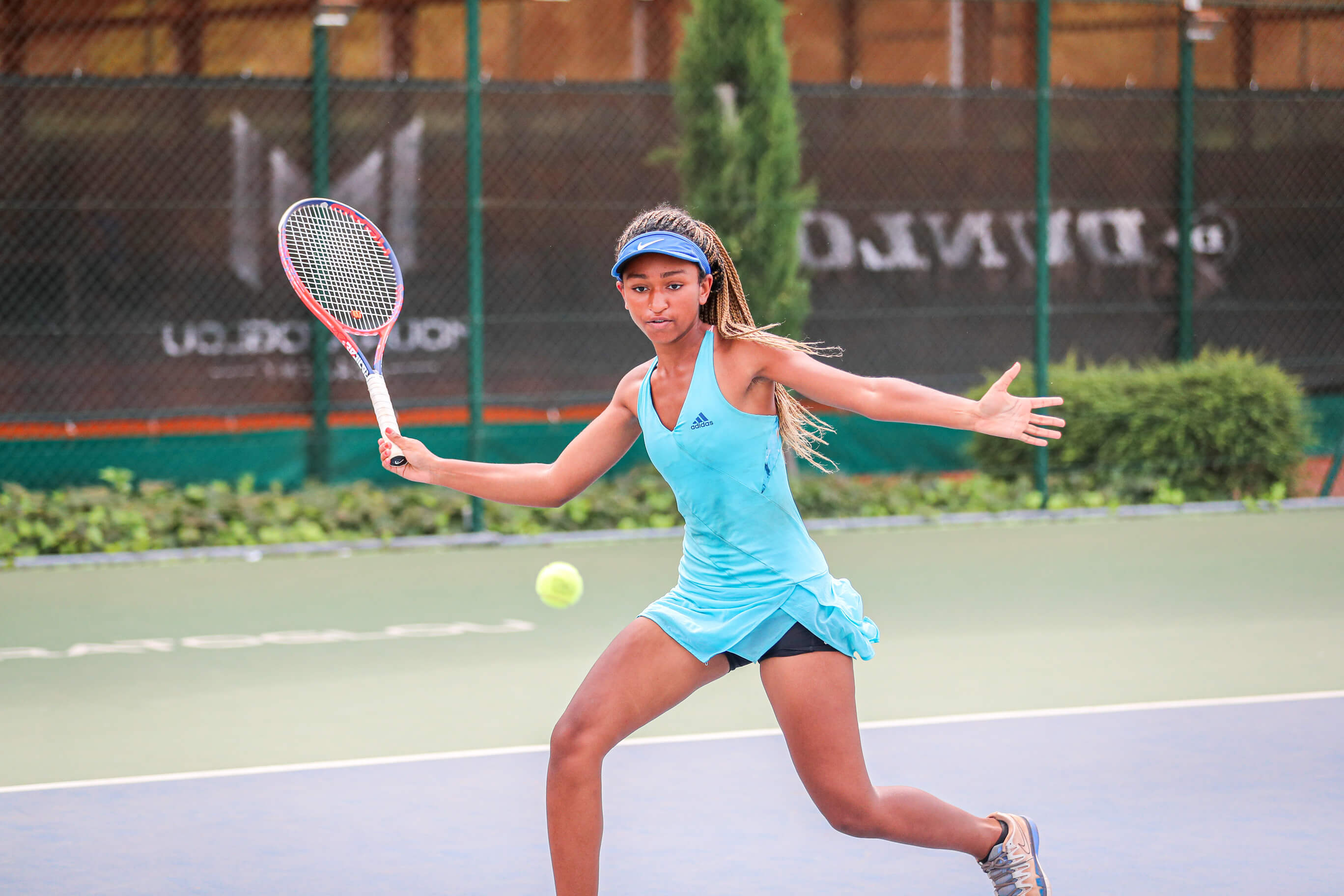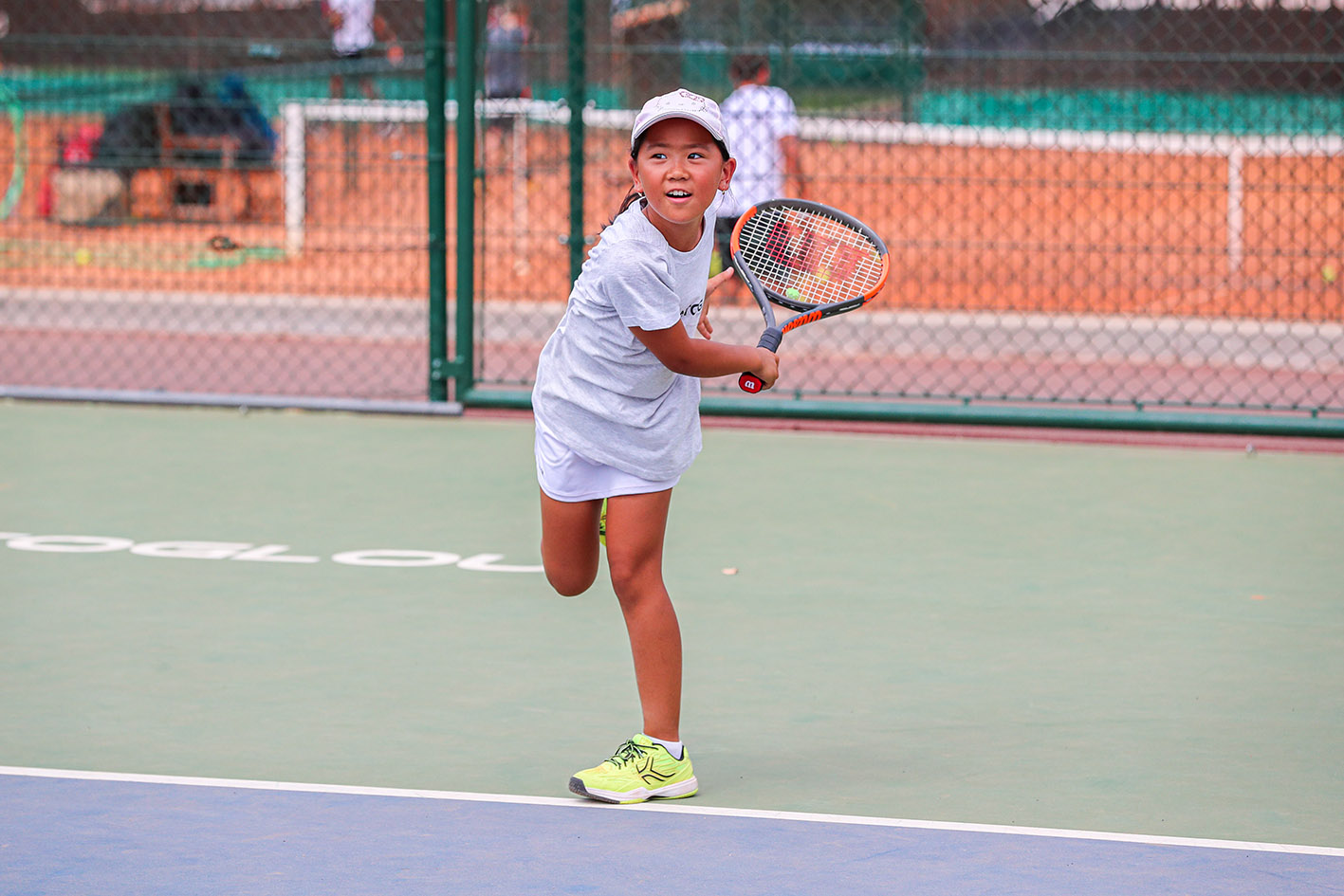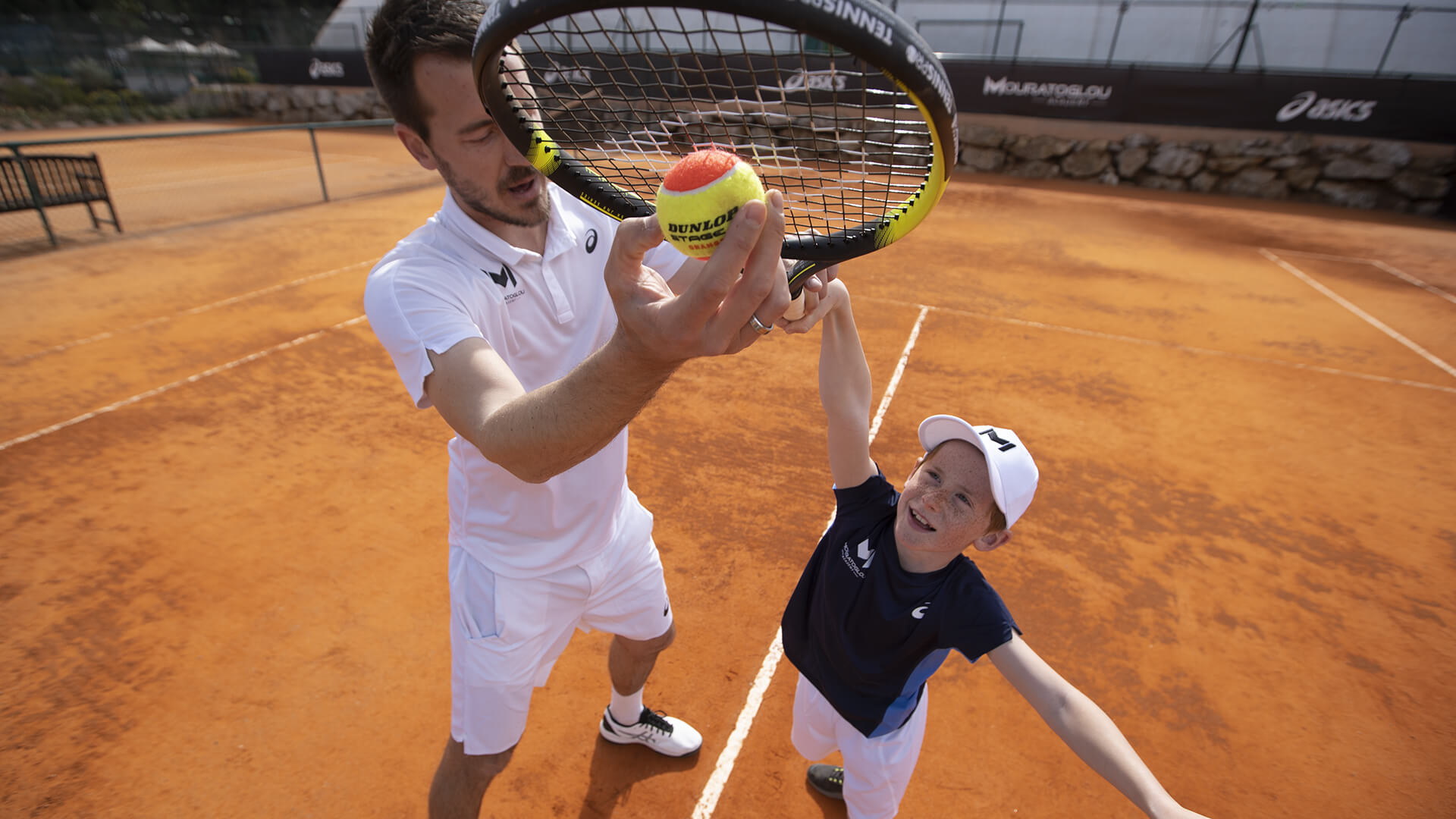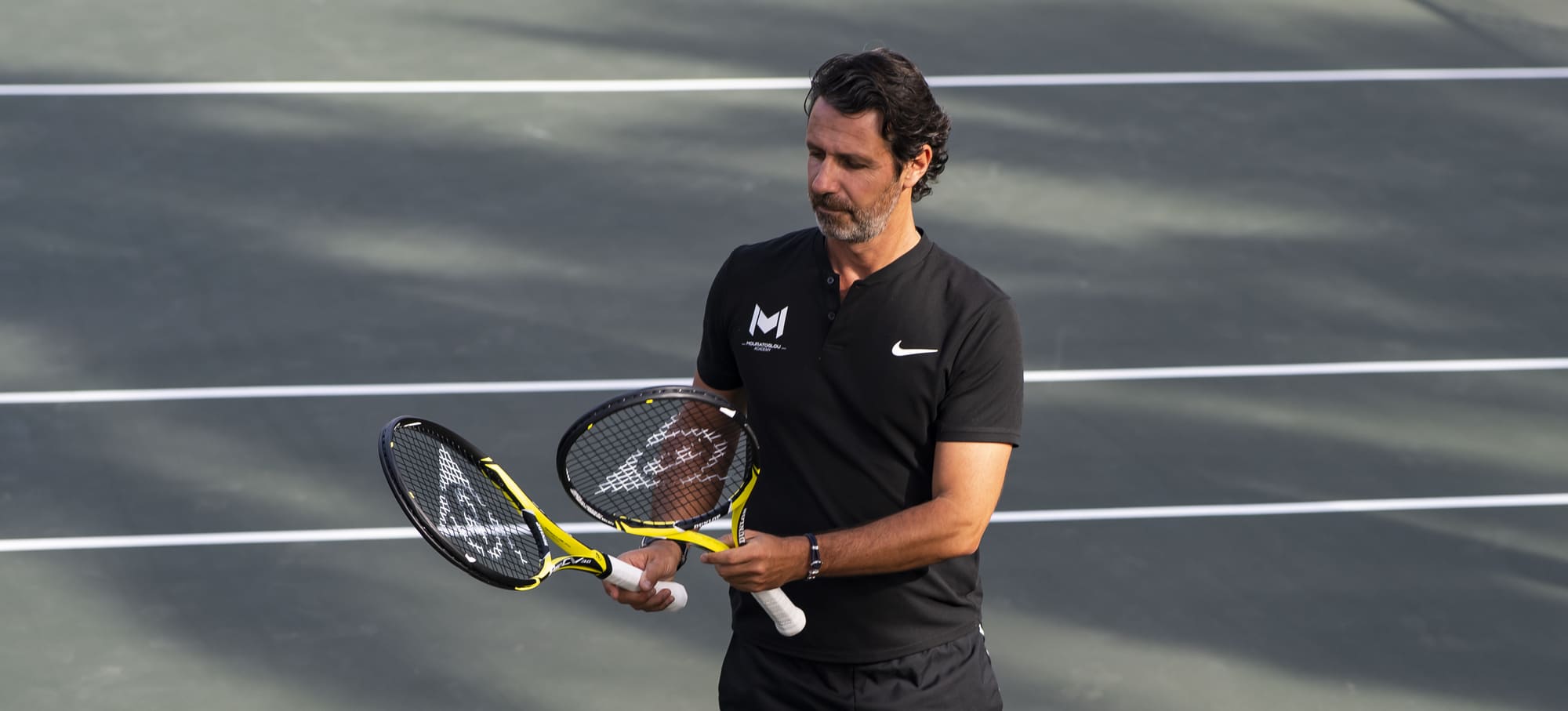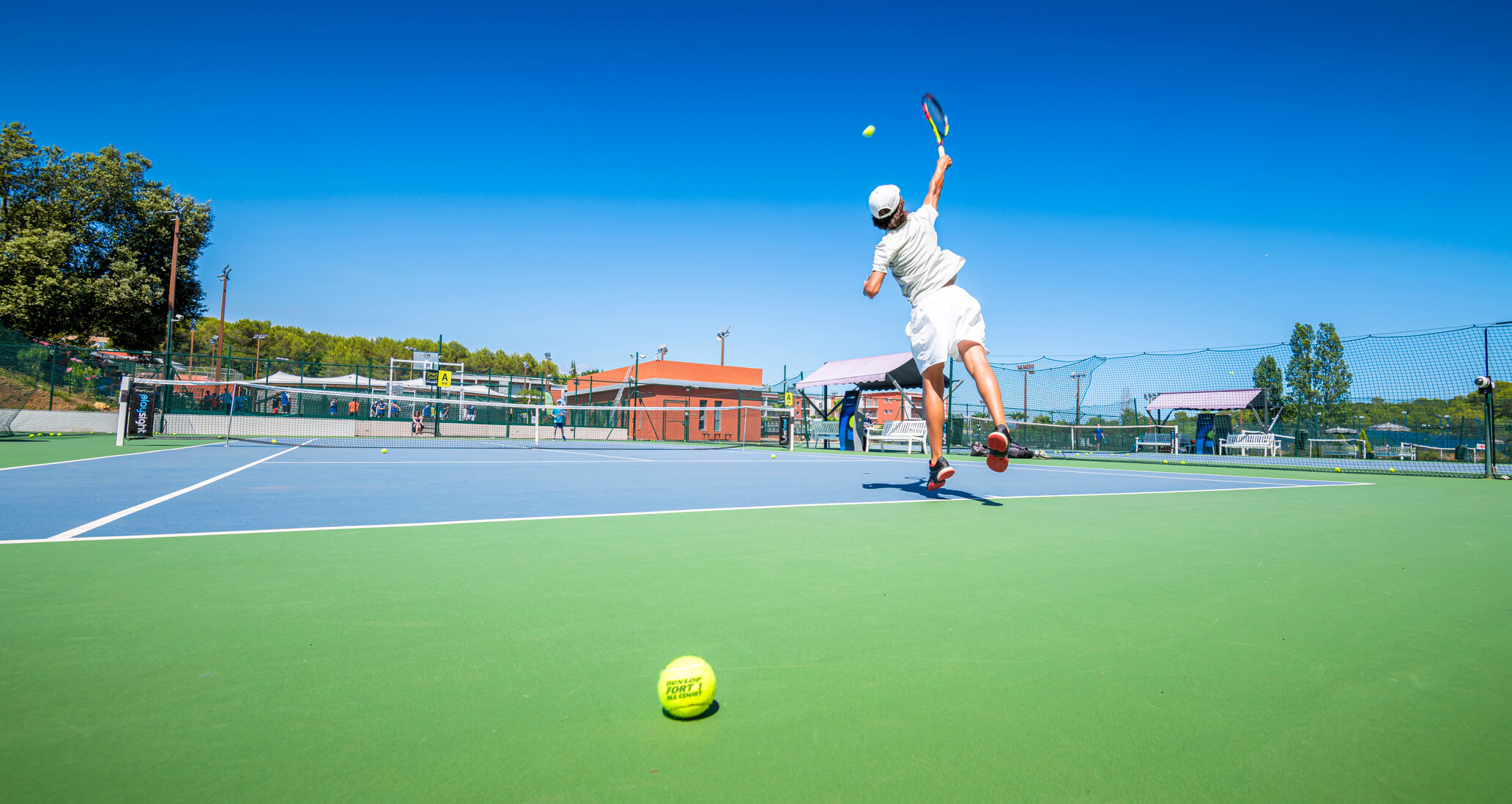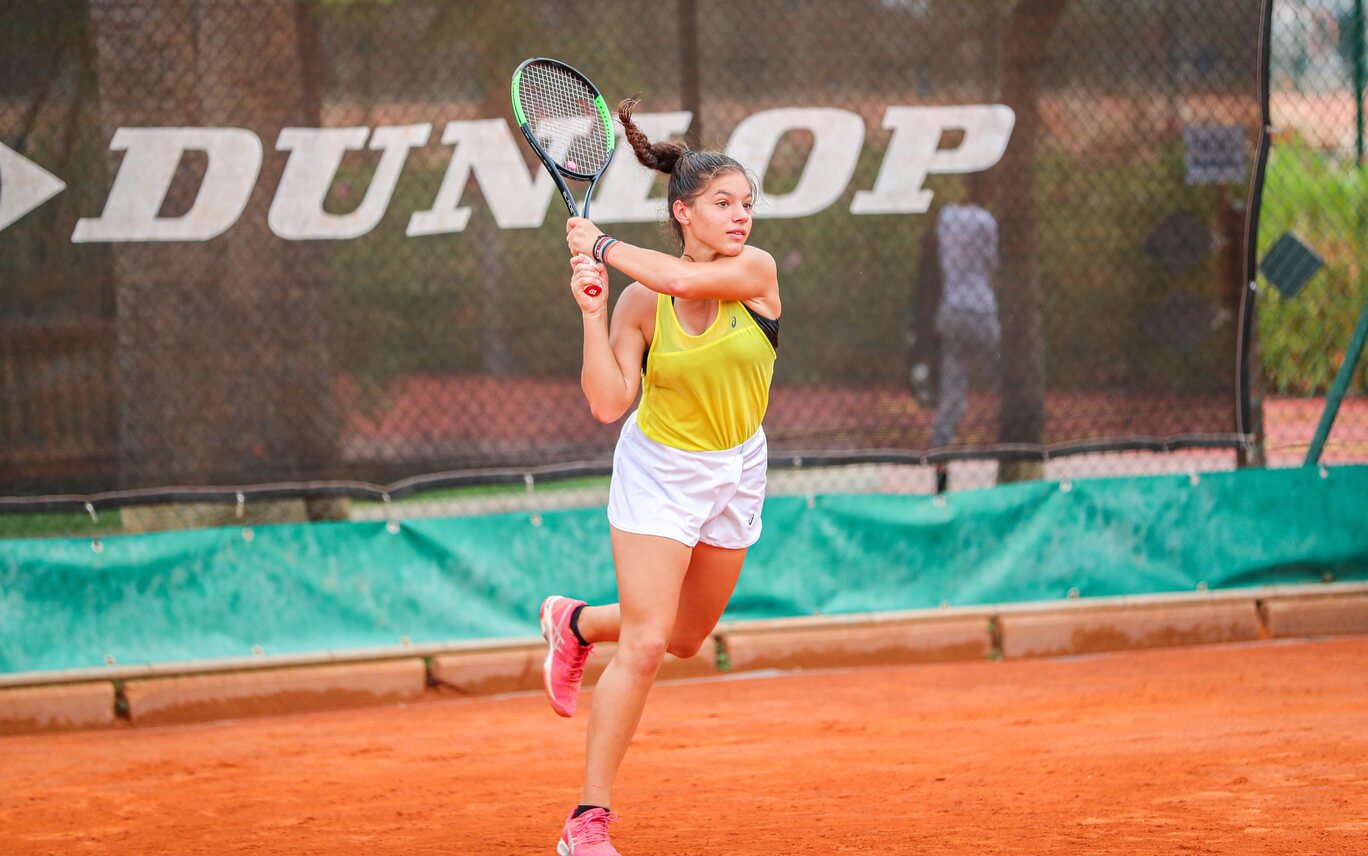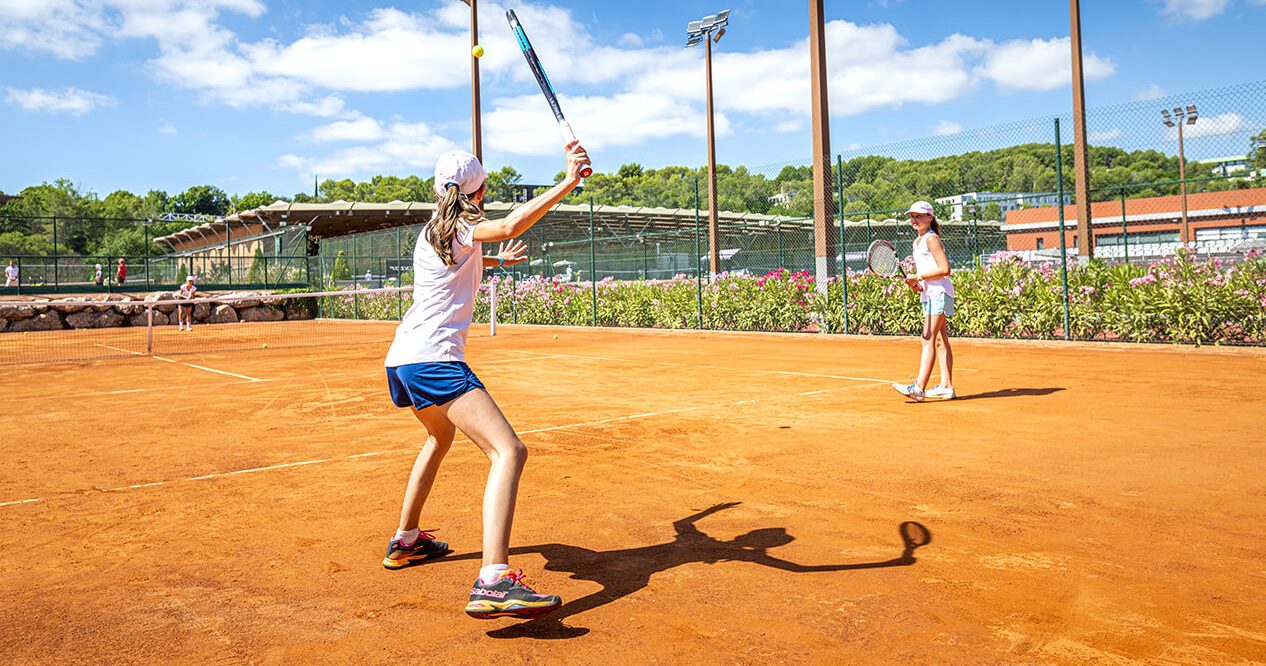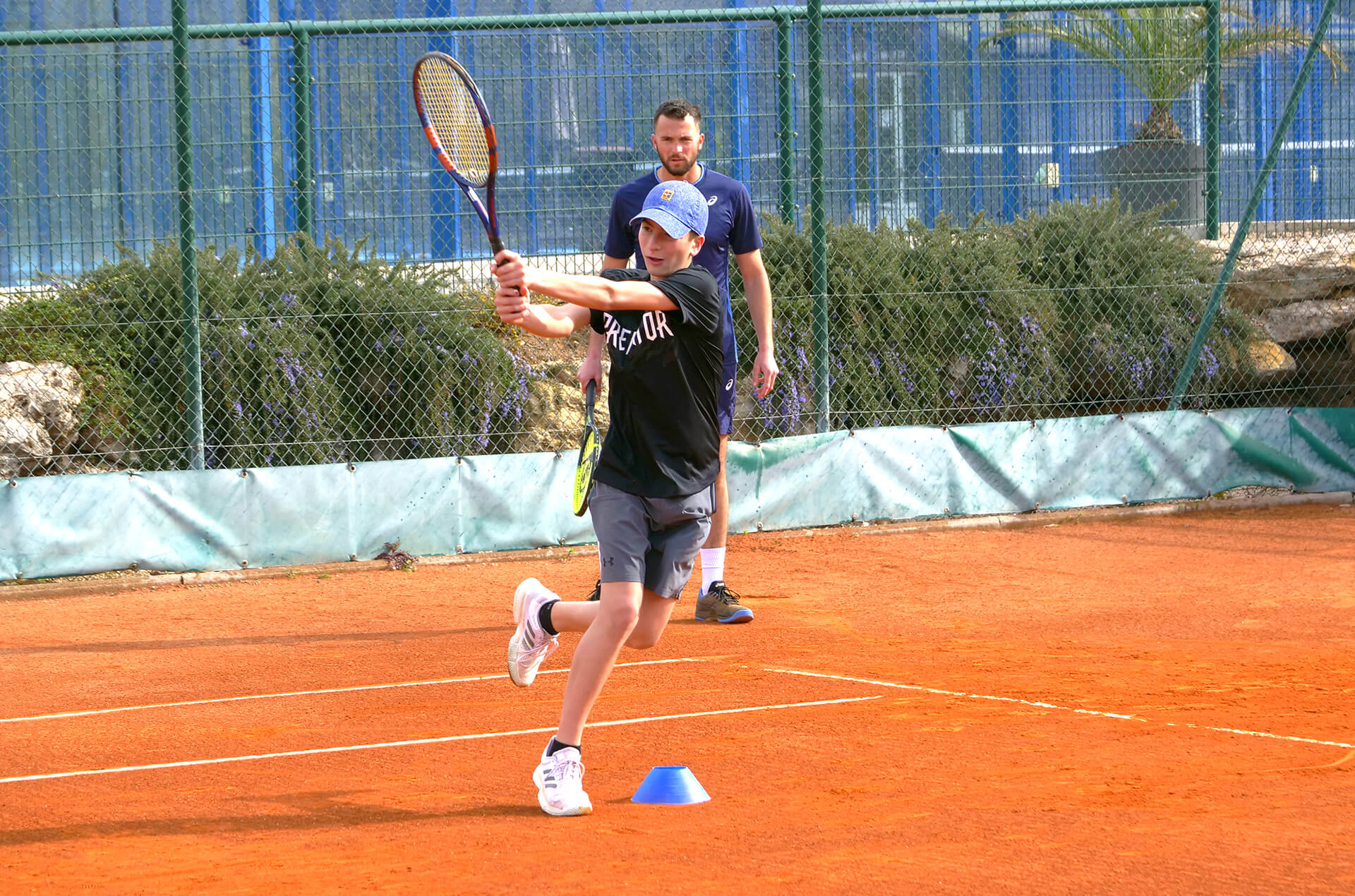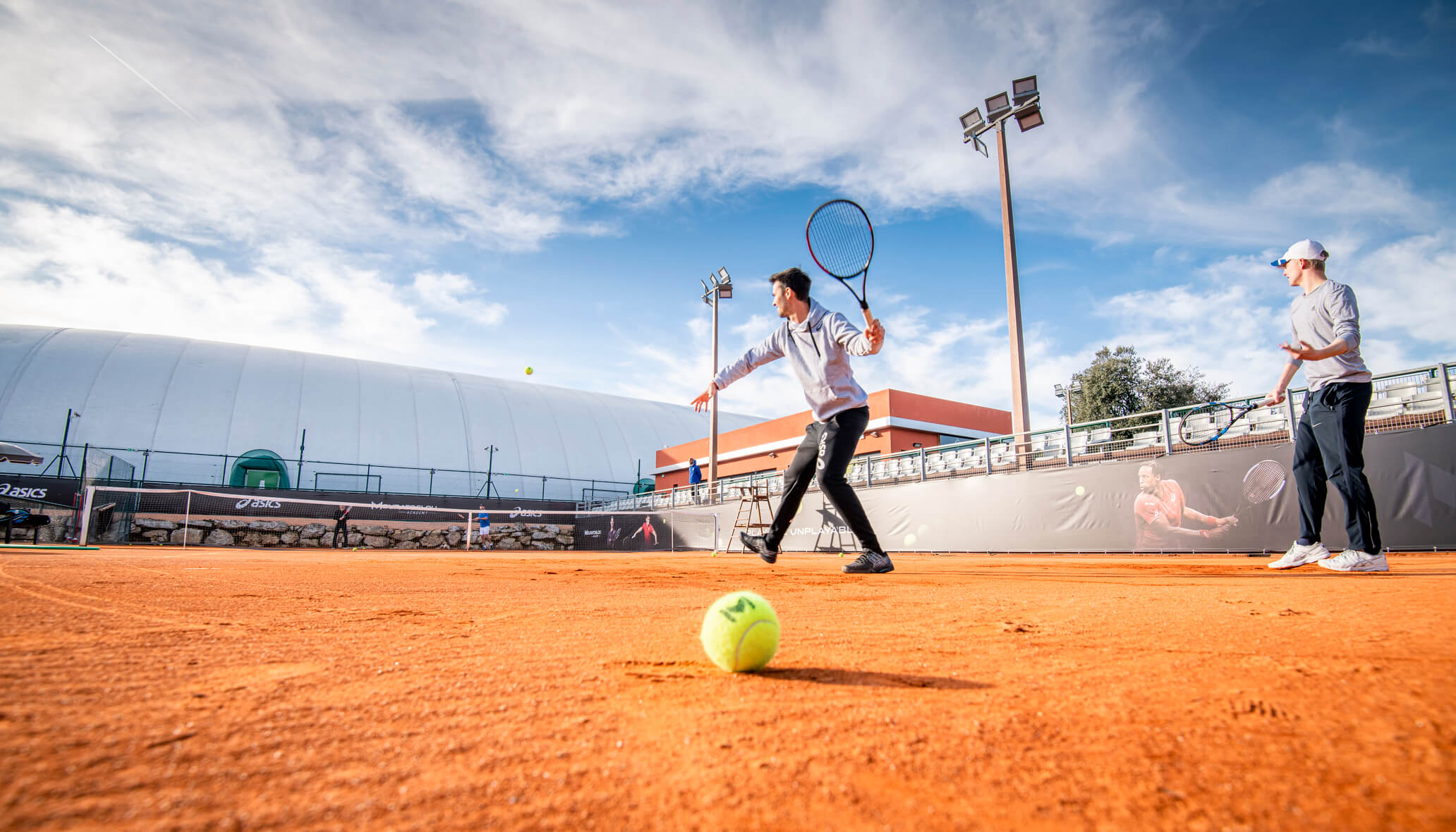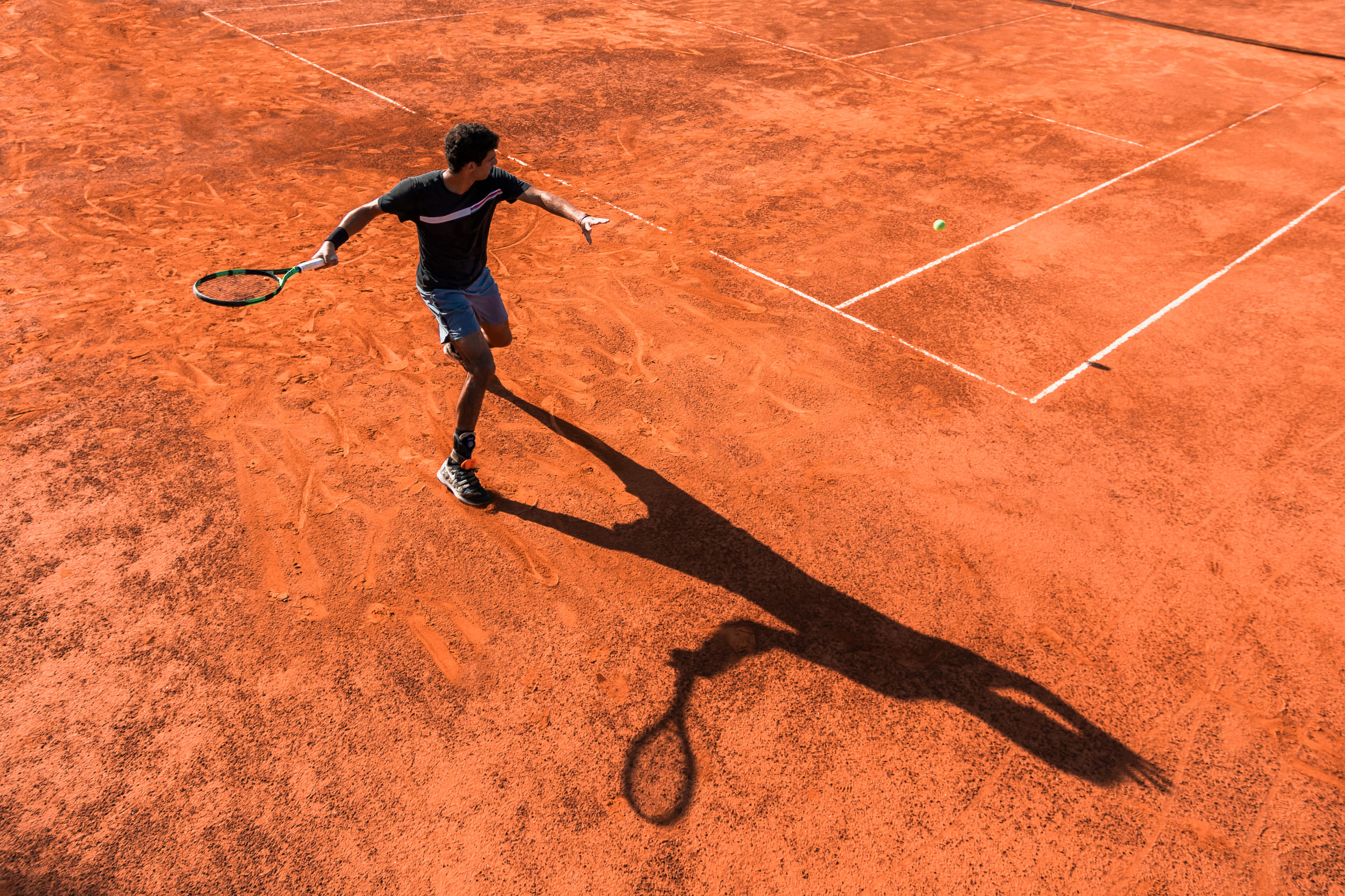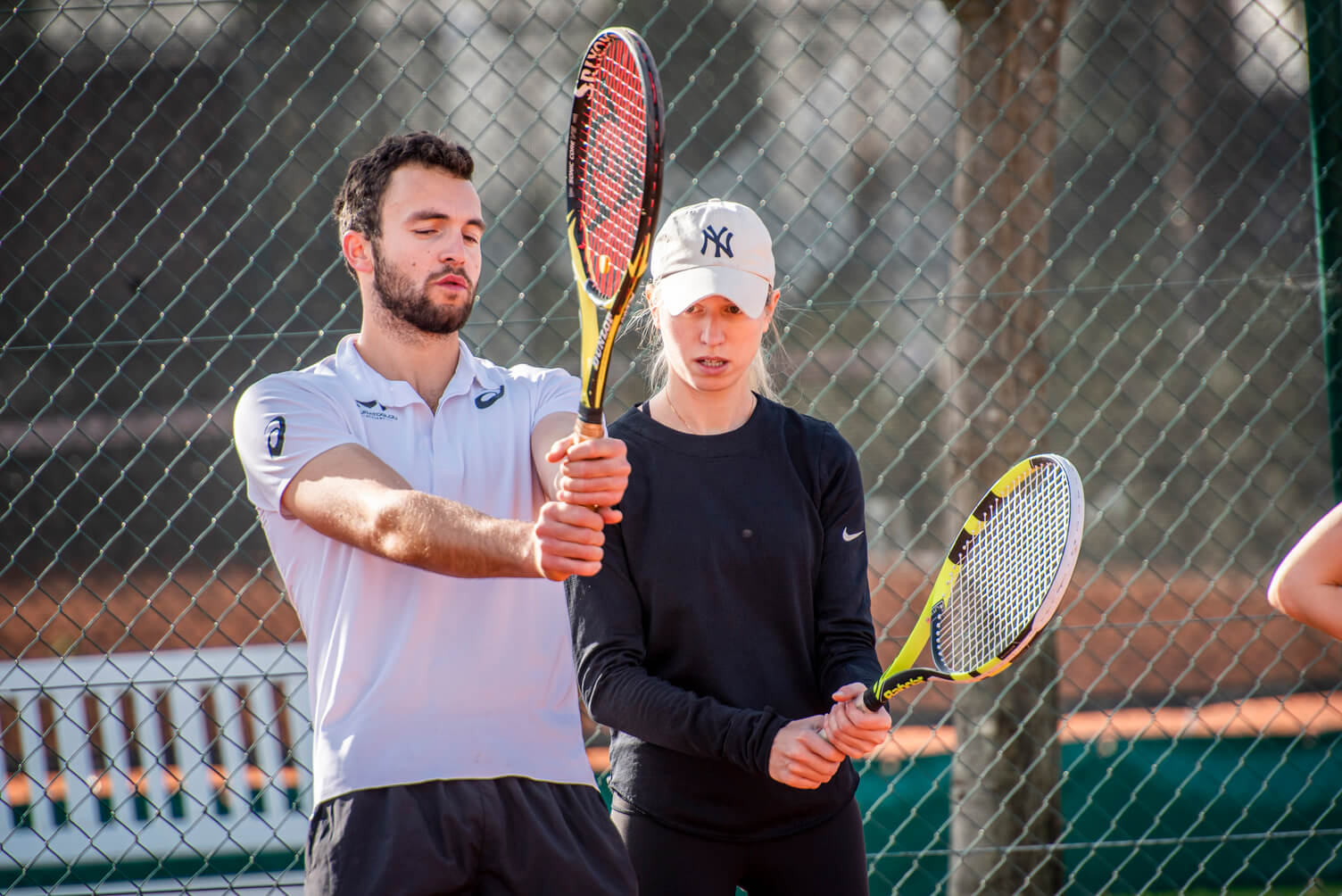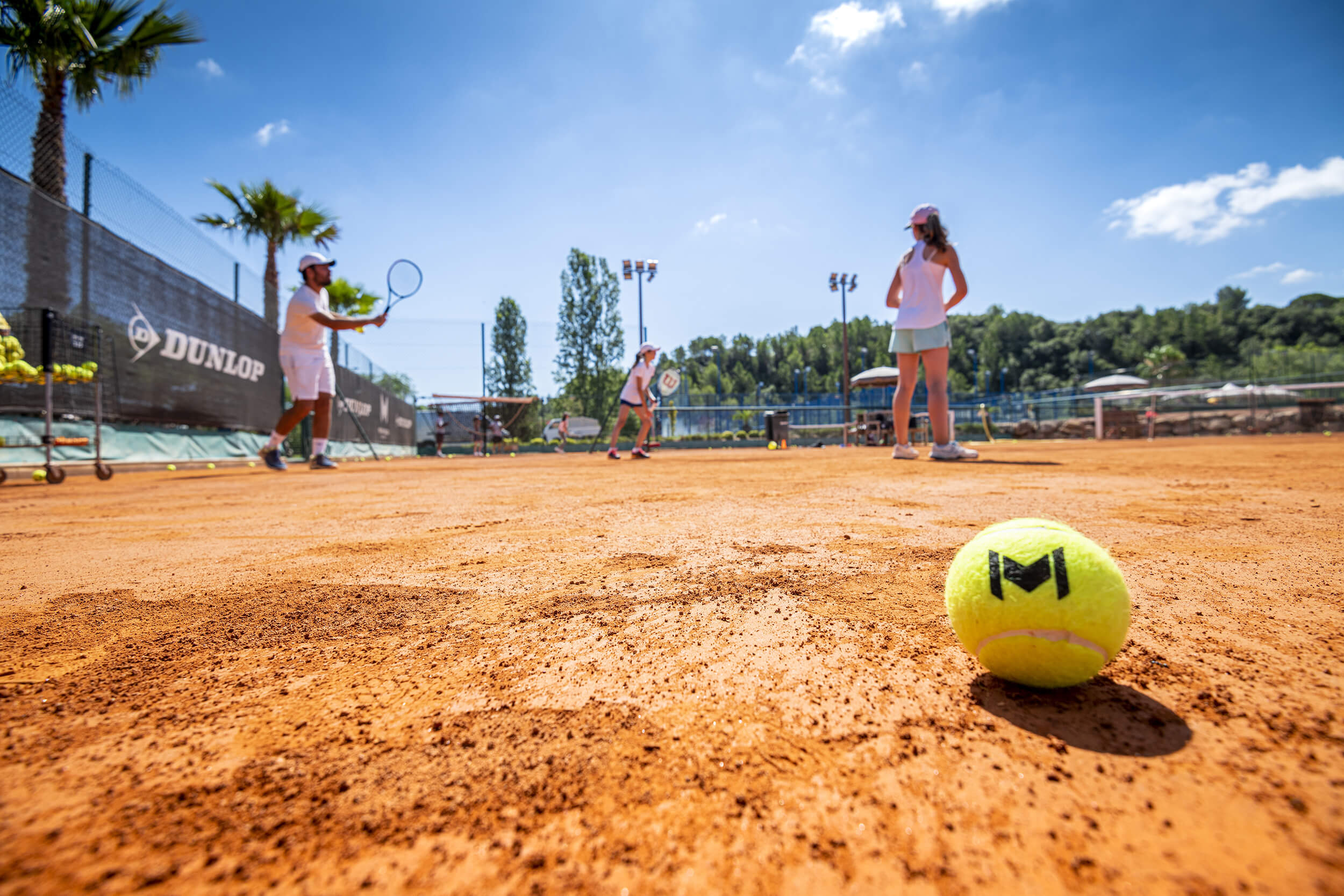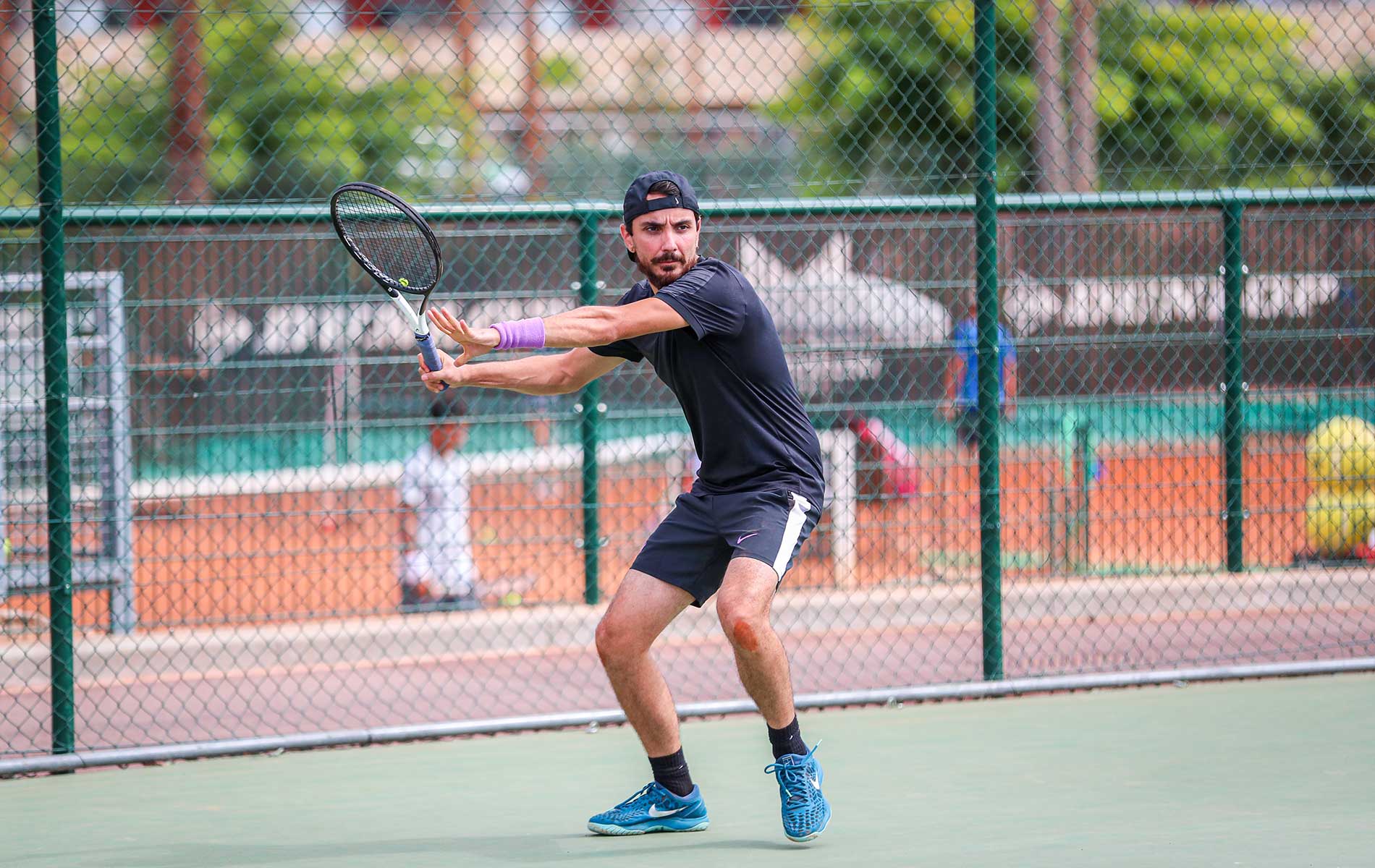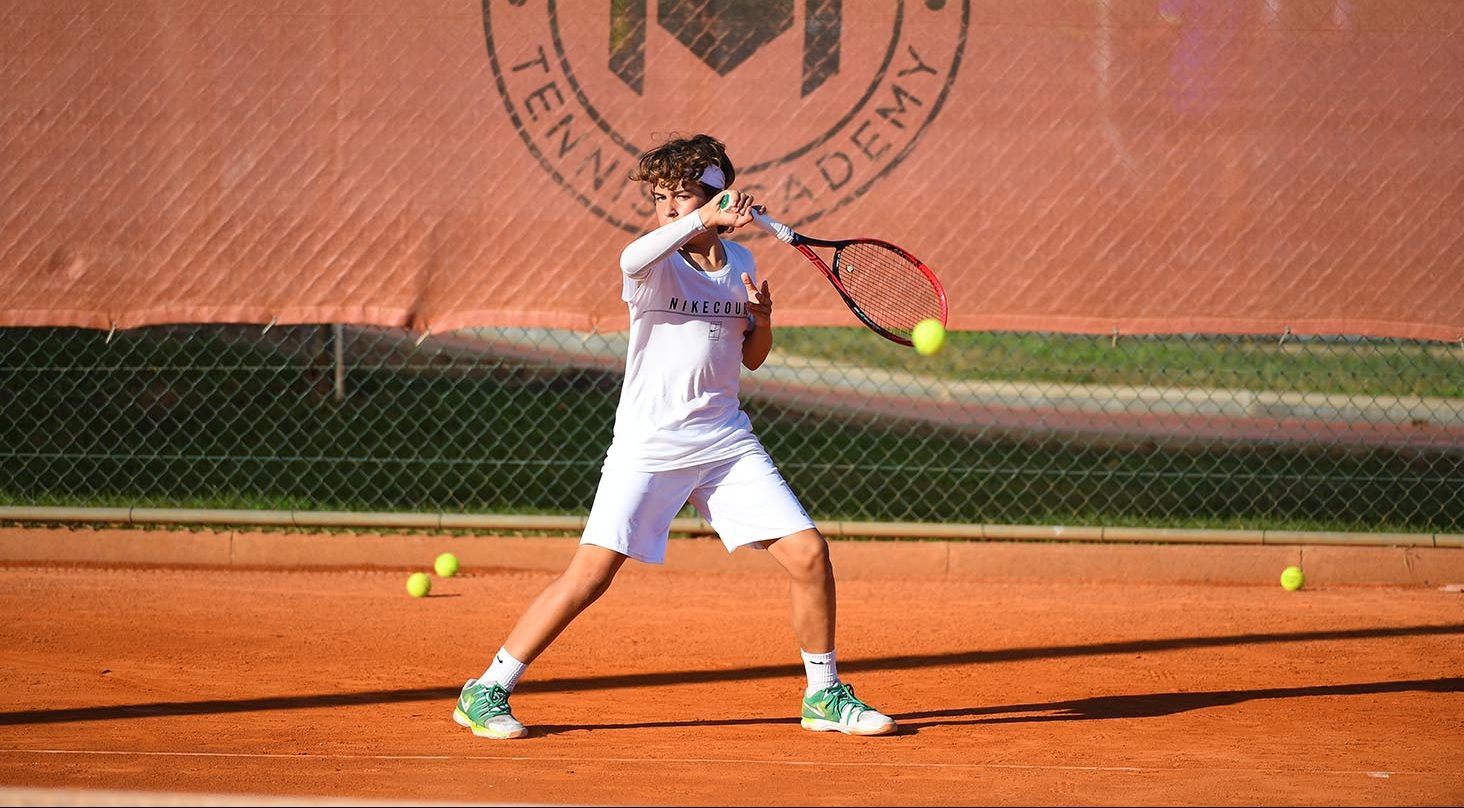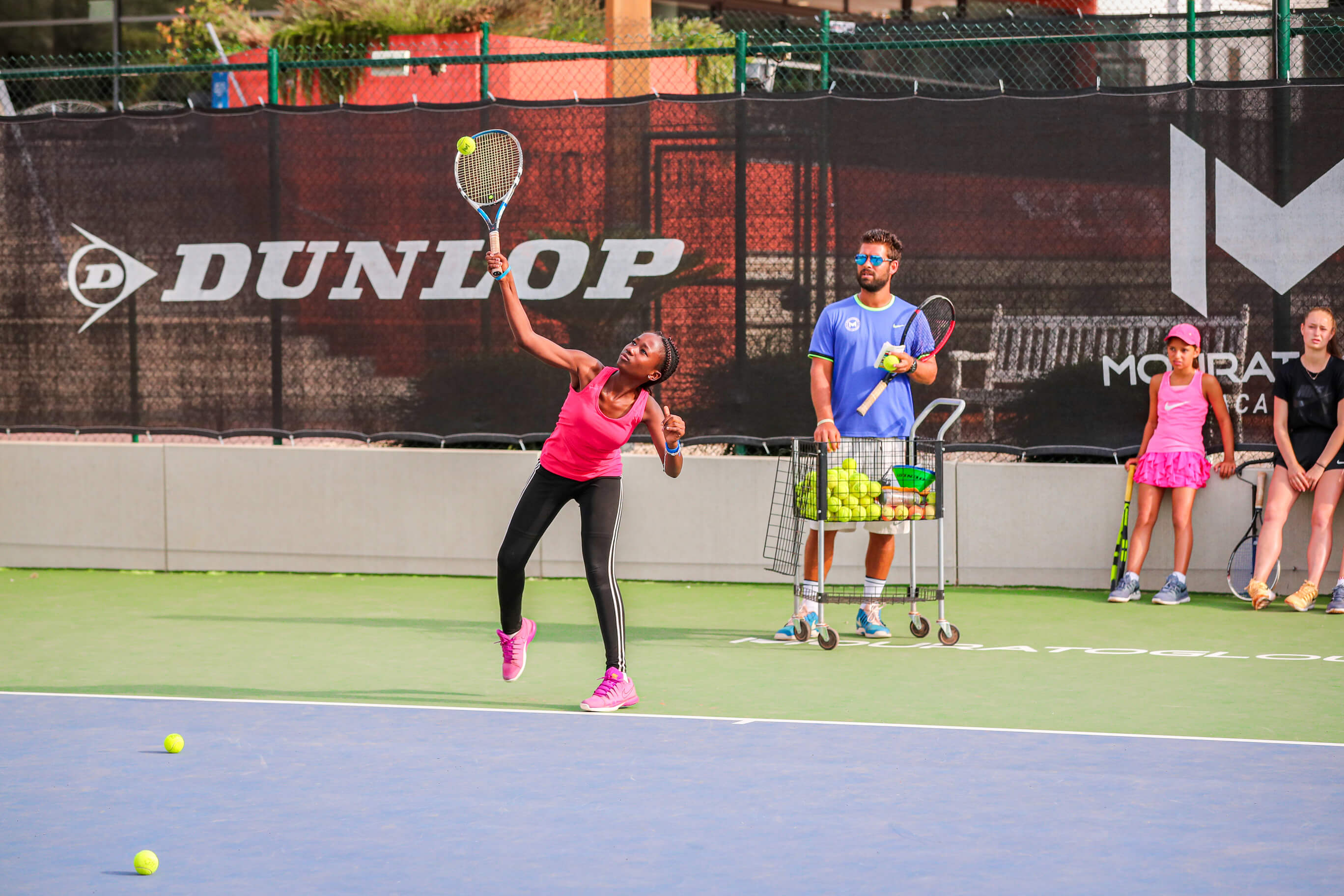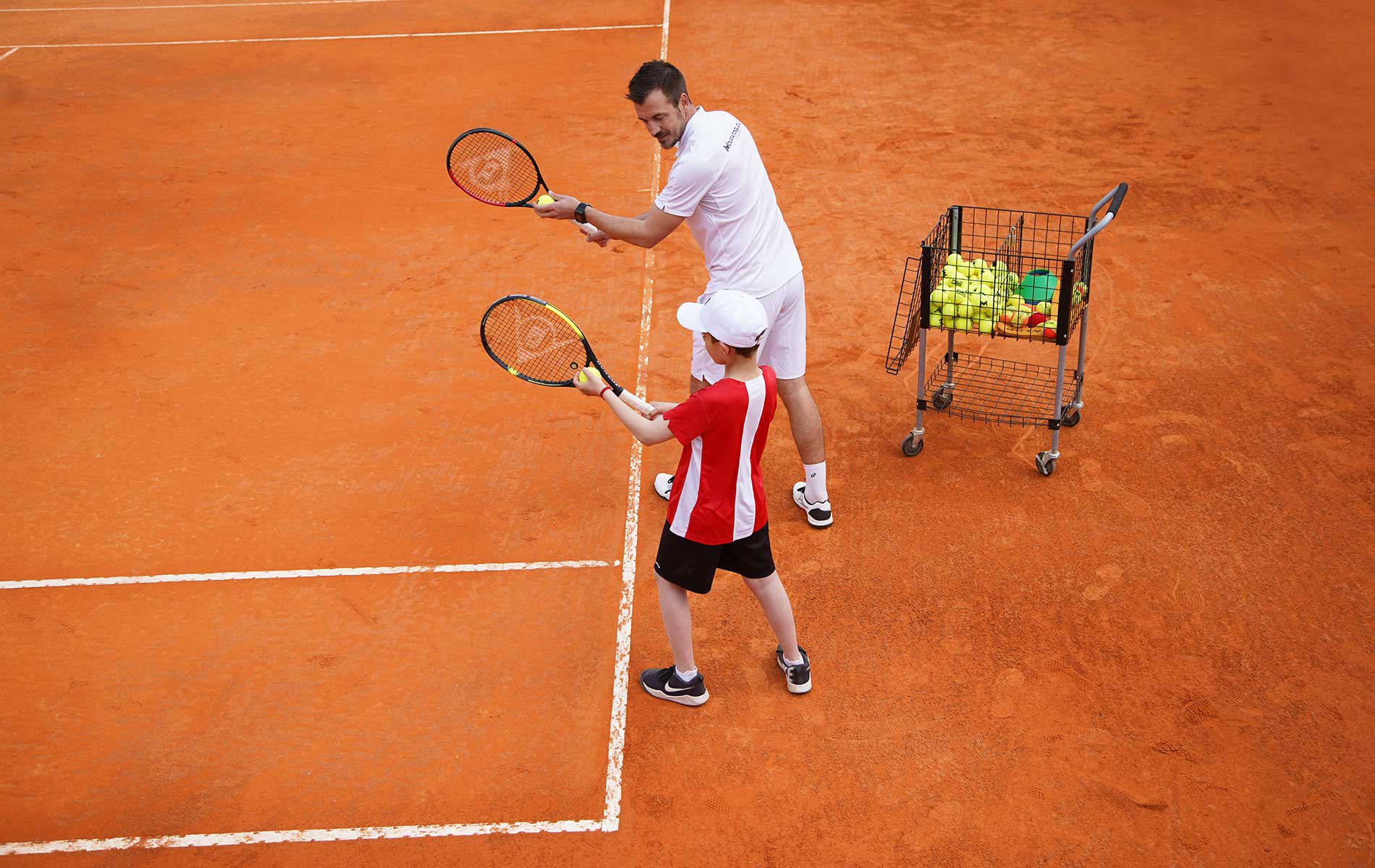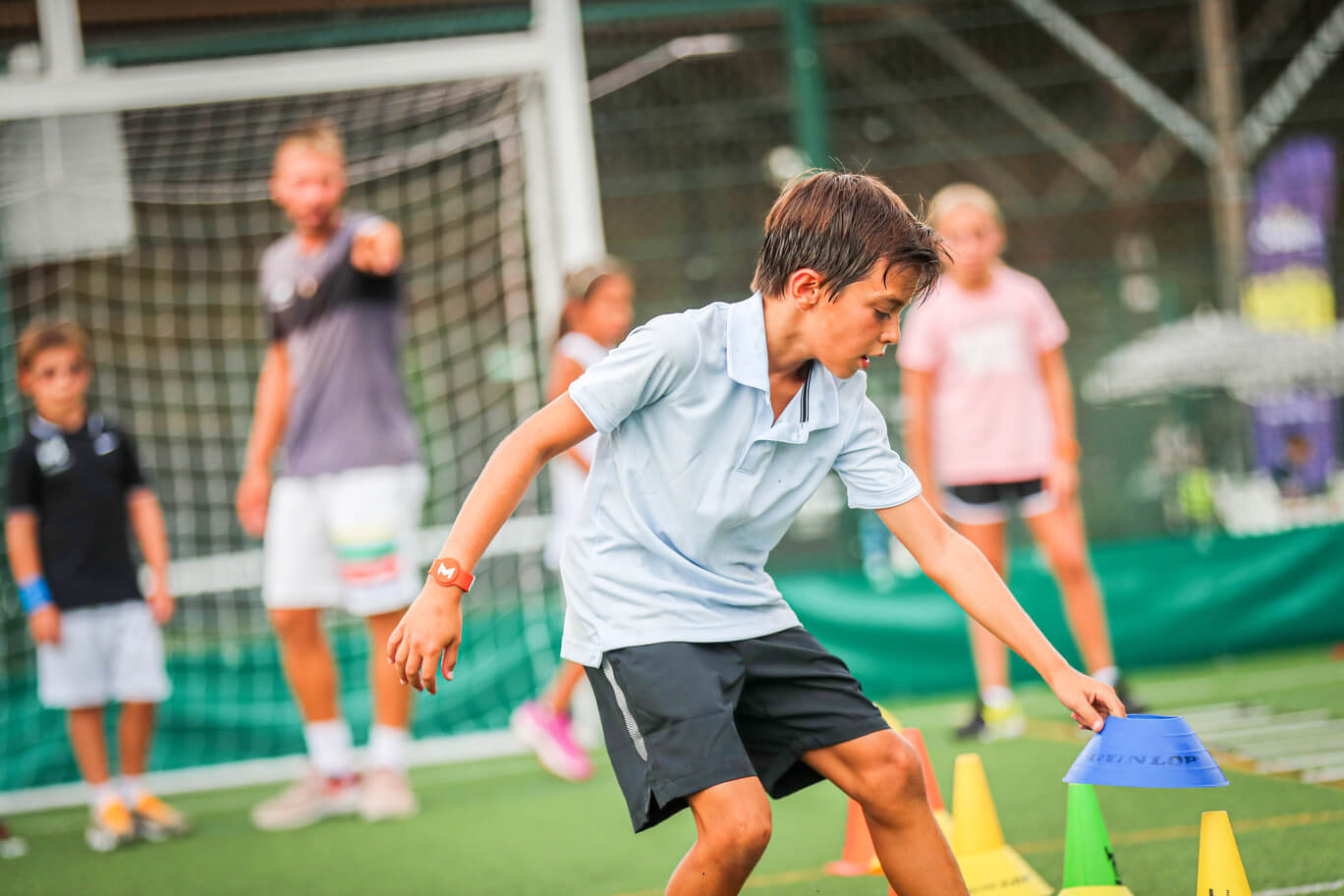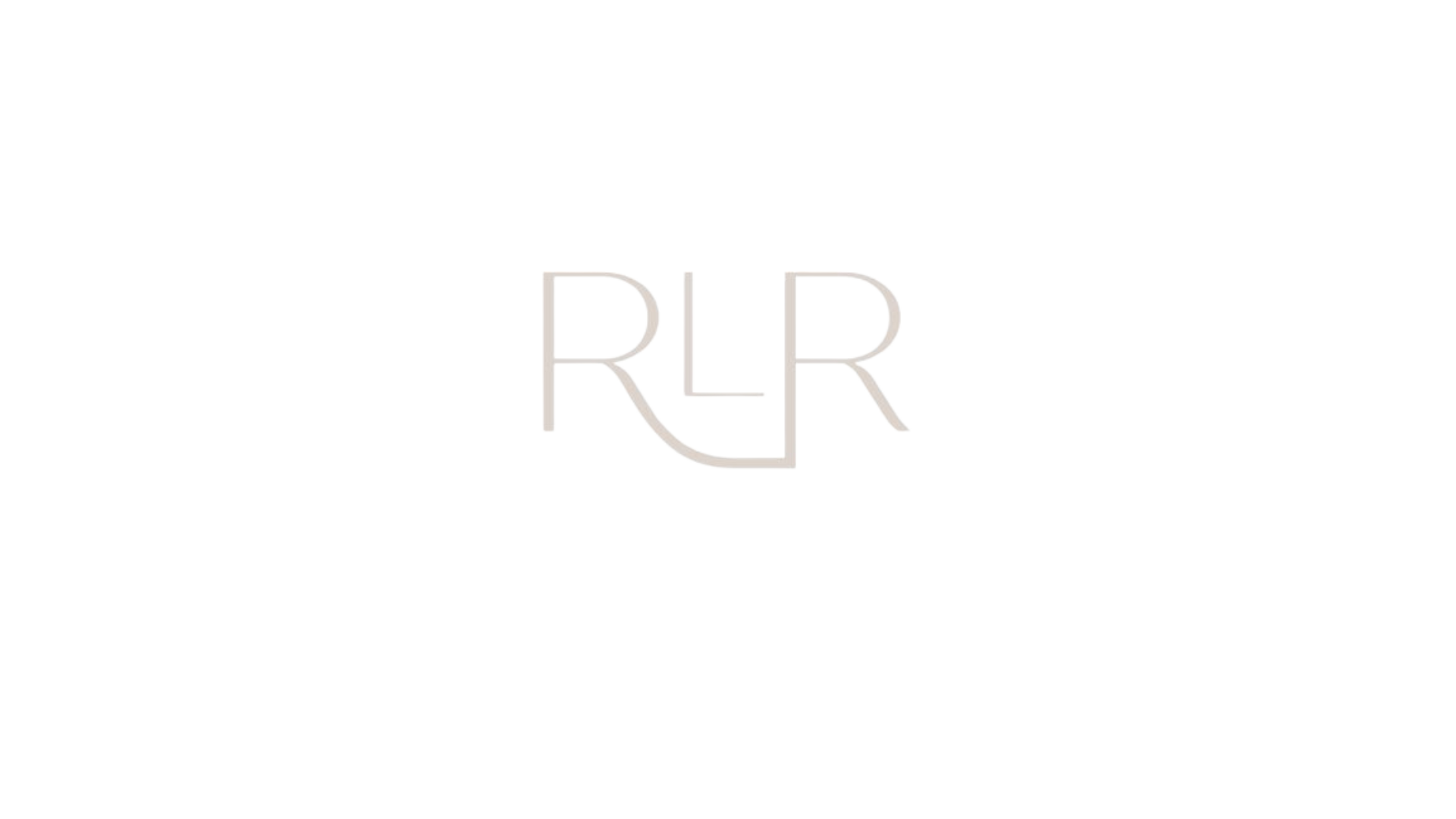The continental grip in tennis
The continental grip corresponds to a specific position on the hand on a particular part of the handle of the racket.
Players of all levels can use it, from beginners to people looking to improve, to competition level. The grip provides maneuverability and precision in both short and long game. The continental grip is the recommended grip for many tennis strokes and is very versatile.
Learn about what you can do to the ball and how you can use it to improve your game.
How can you strike the ball with this renowned grip?
Do you use a two-handed backhand?
The continental grip can be used for a two-handed backhand with a dominant left-arm (it will move more than that your right arm, and you should feel it bend when striking) for someone who is right-handed. To execute a two-handed backhand with a dominant right-arm (it will move more than your left arm and you’ll feel it bend when striking) for someone who is left-handed. Using these skills you’ll be ready to defend yourself, and build to winning points!
For volleys and smashes
This grip can be used for straight volleys and is also the grip for a smash
Serve effectively
You can use this grip while serving to strike flat and increase your percentage and score more aces!
The ideal grip to add effects such as spin
The grip is interesting to use for a forehand slice, a smash slice to respond to a service that will be out of play.
Great for short game
This grip can be used for drop shots or to counter drop shots with a forehand or backhand to break the rhythm and surprise your opponent.
How to use it to improve your game. Follow our guide!
Learn more about the anatomy of the handle.
First of all, lay the racket on the floor balanced upright on the frame. You should now be able to pick up the racket and feel the grip. The handle is made up of eight sides which we also call bevels.
As a reference point, the part of the racket that is on the floor whilst balanced in this way is bevel 5 and the opposite side is bevel 1. The bevels that we are going to be interested in are bevel 1 and bevel 2. For the continental grip, you will place part of your hand on both bevel 1 and bevel 2 (the pointed part is where they meet)
Simple practical uses
A tennis grip is determined by the position of the hand on the handle of the racket. It is determined by where the hypothenar eminence (part of the hand) is placed on the handle of the racket. This reference point will be vital to understand the grip!
The hypothenar eminence is a muscle mass on the inner part of the palm of the hand, formed by the three short muscles of the little finger. Place your palm towards the ground then turn the right hand (or your left hand) towards the ground so you can see the inside of the palm. From the base of the little finger, go down in the direction of the elbow. It is located almost at a right angle between the base of the little finger and the base of the thumb. It is higher (small bump) than the palm of the hand, down to the left. Position this part of the hand, both on the first two bevels of the racket (at the junction, the most pointed part). Feel the position of your hand, your fingers on the handle.
Ready to try it?!





